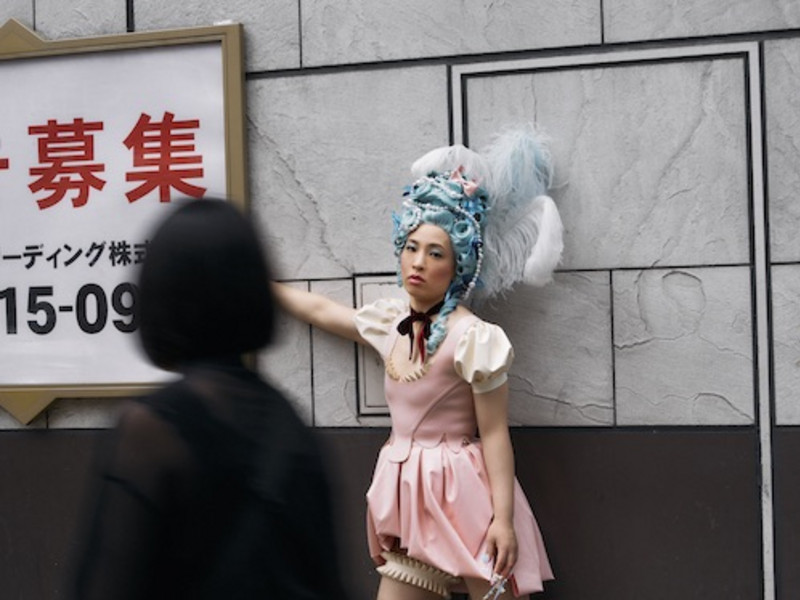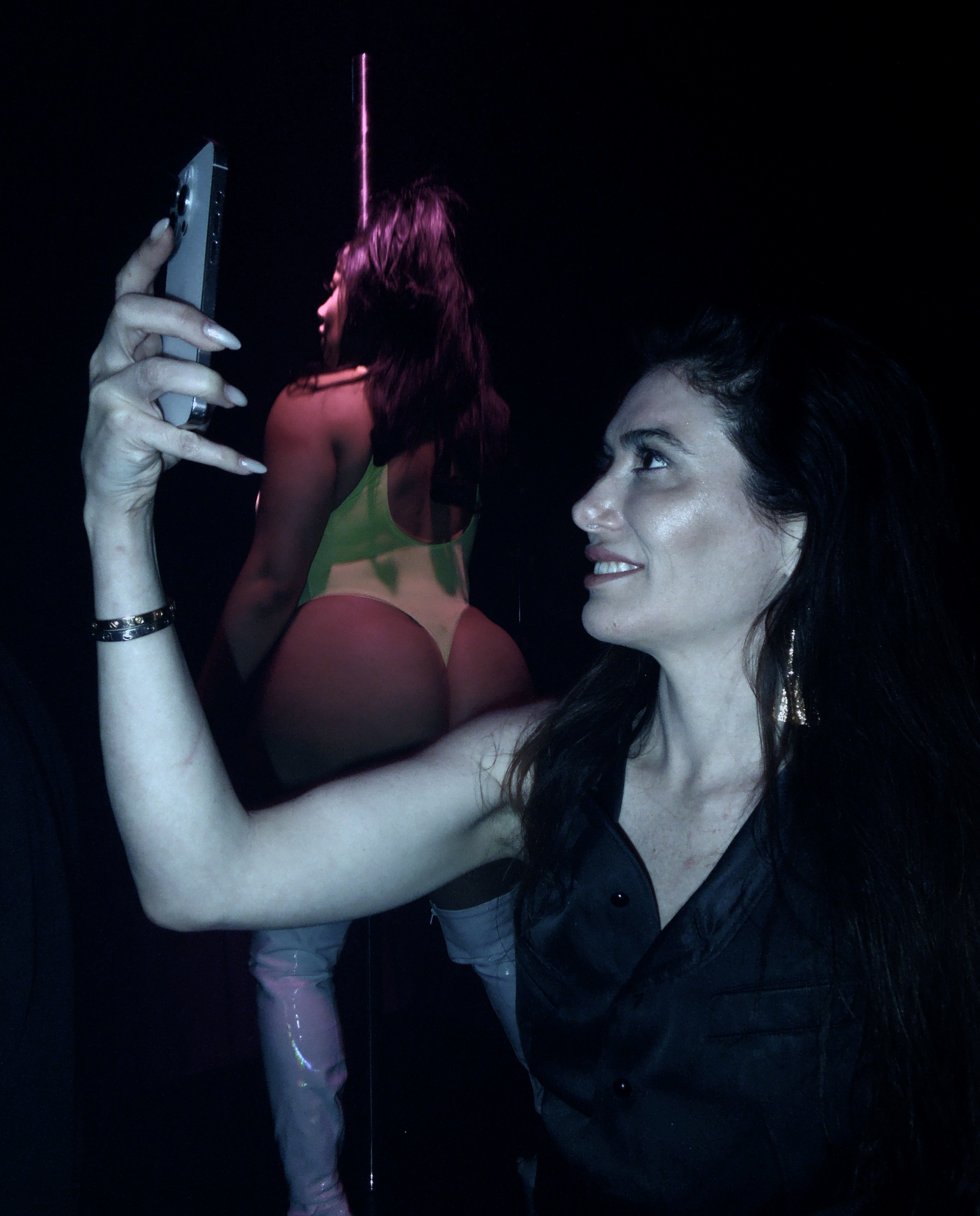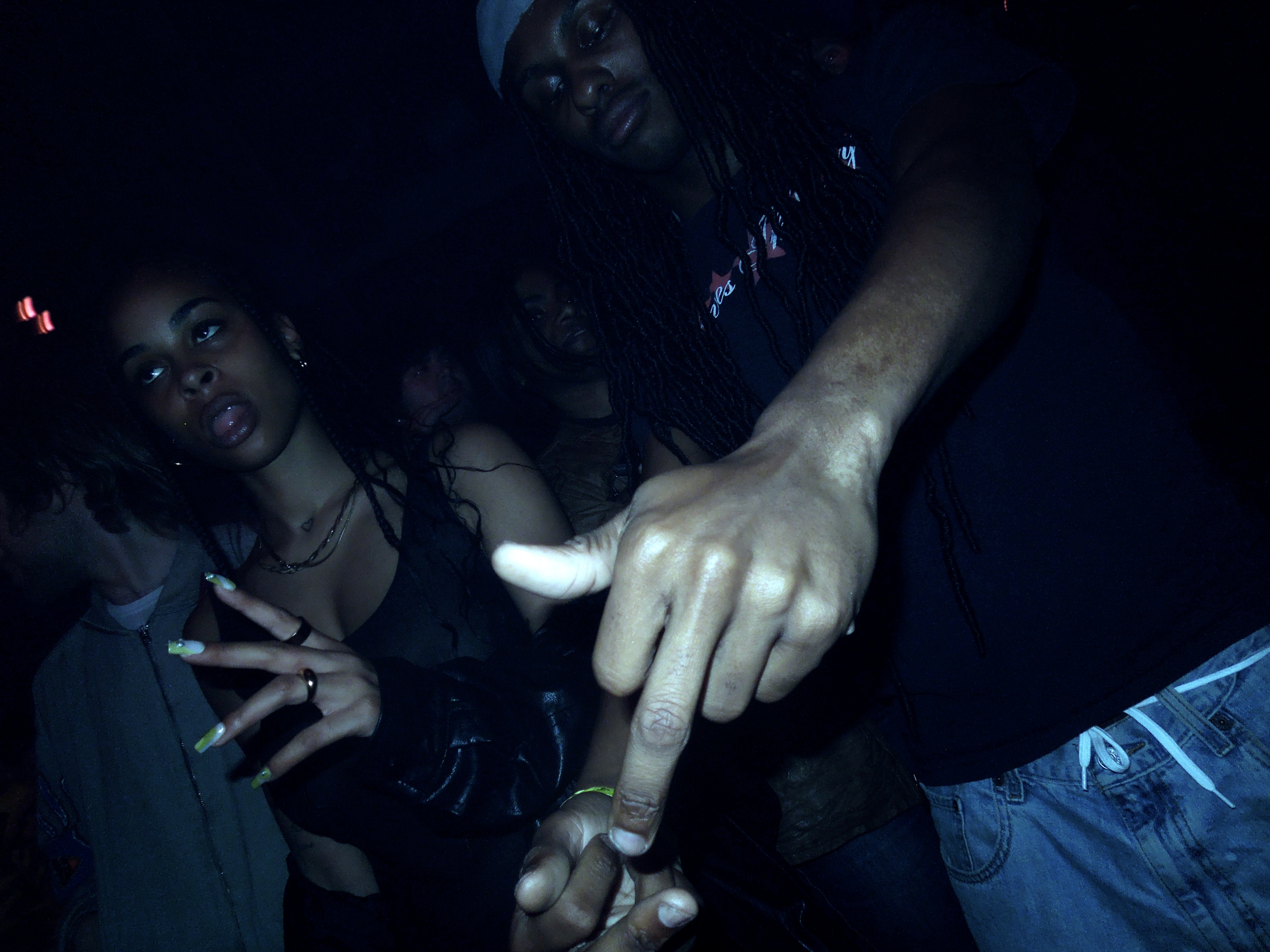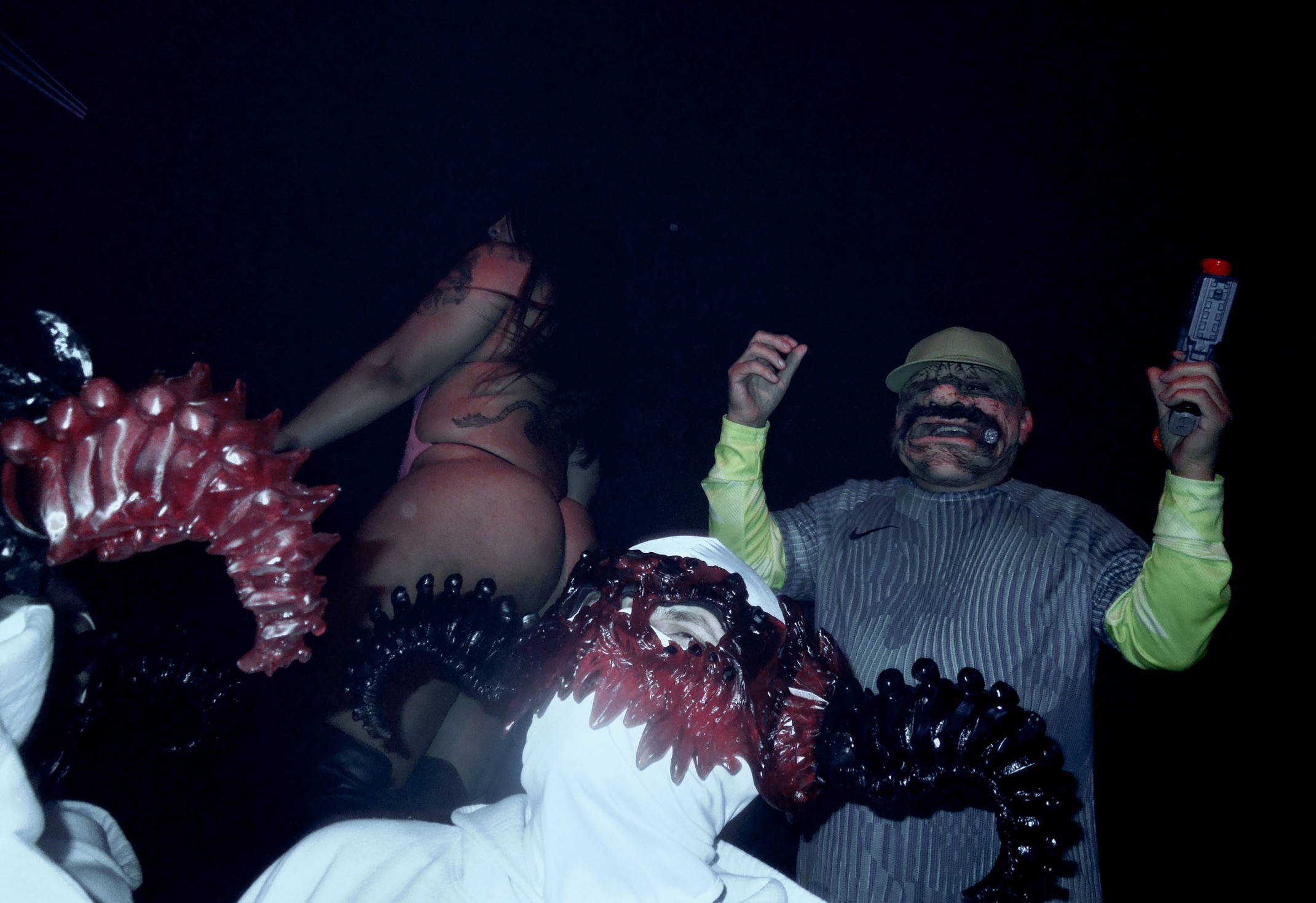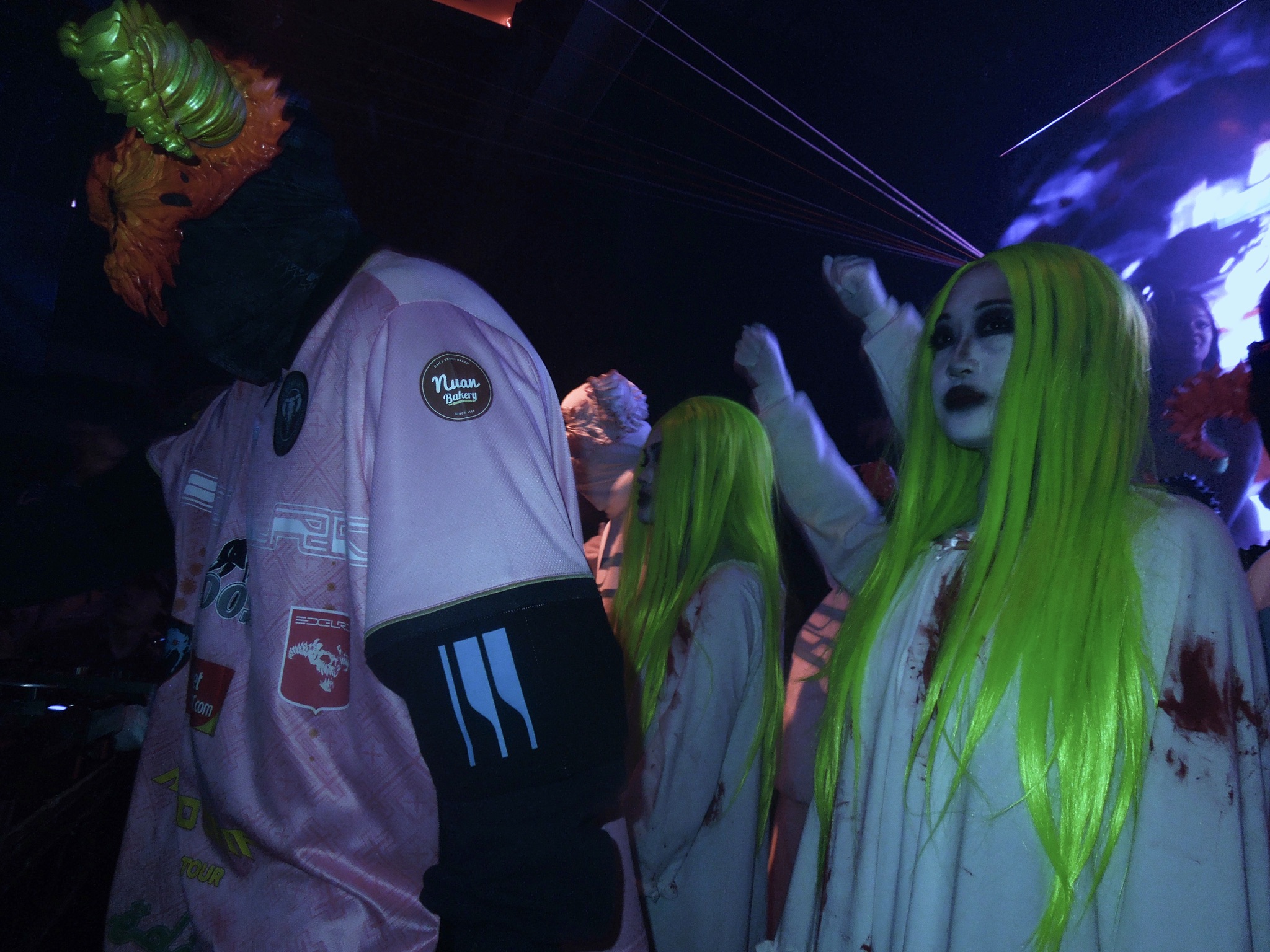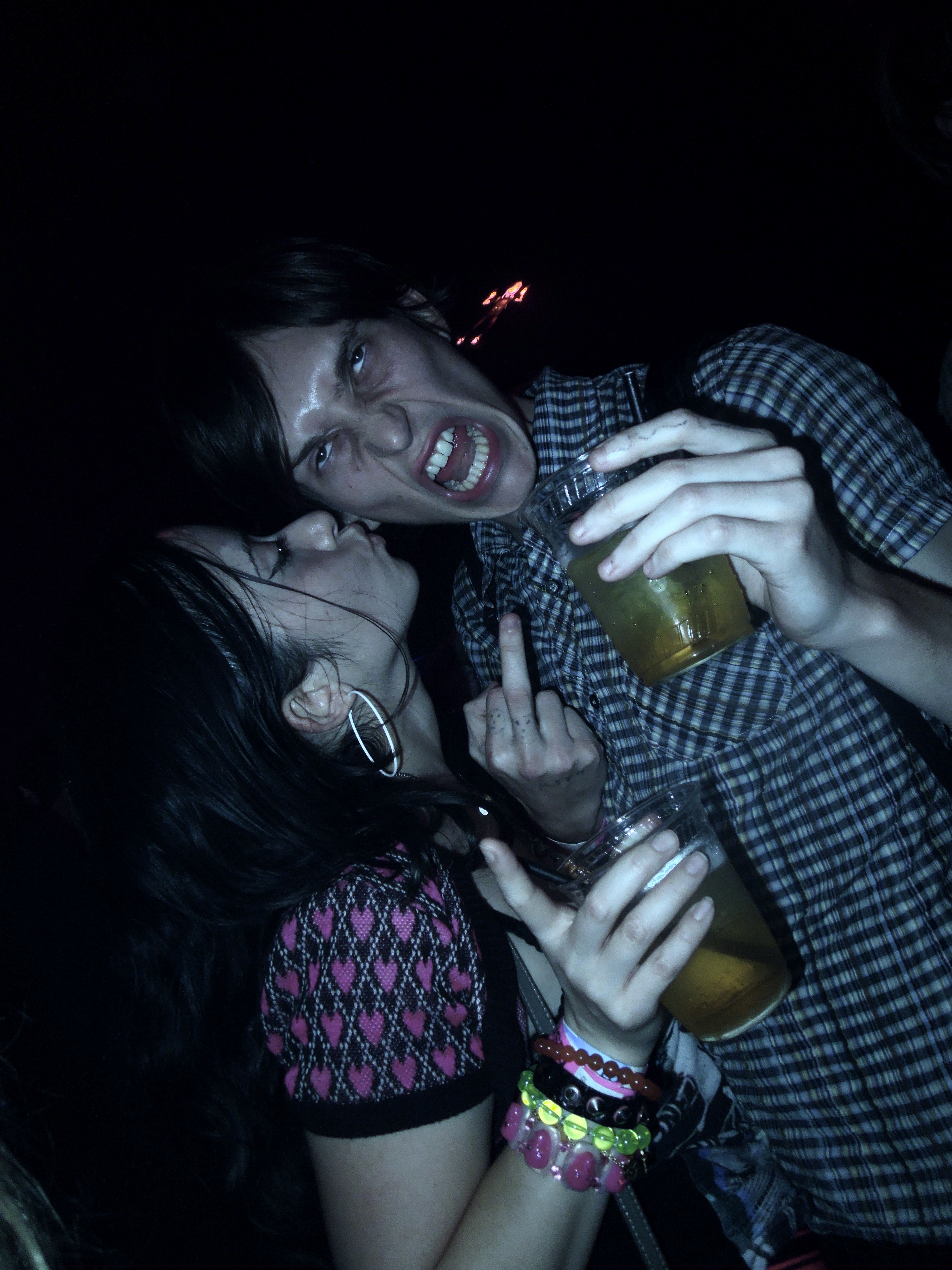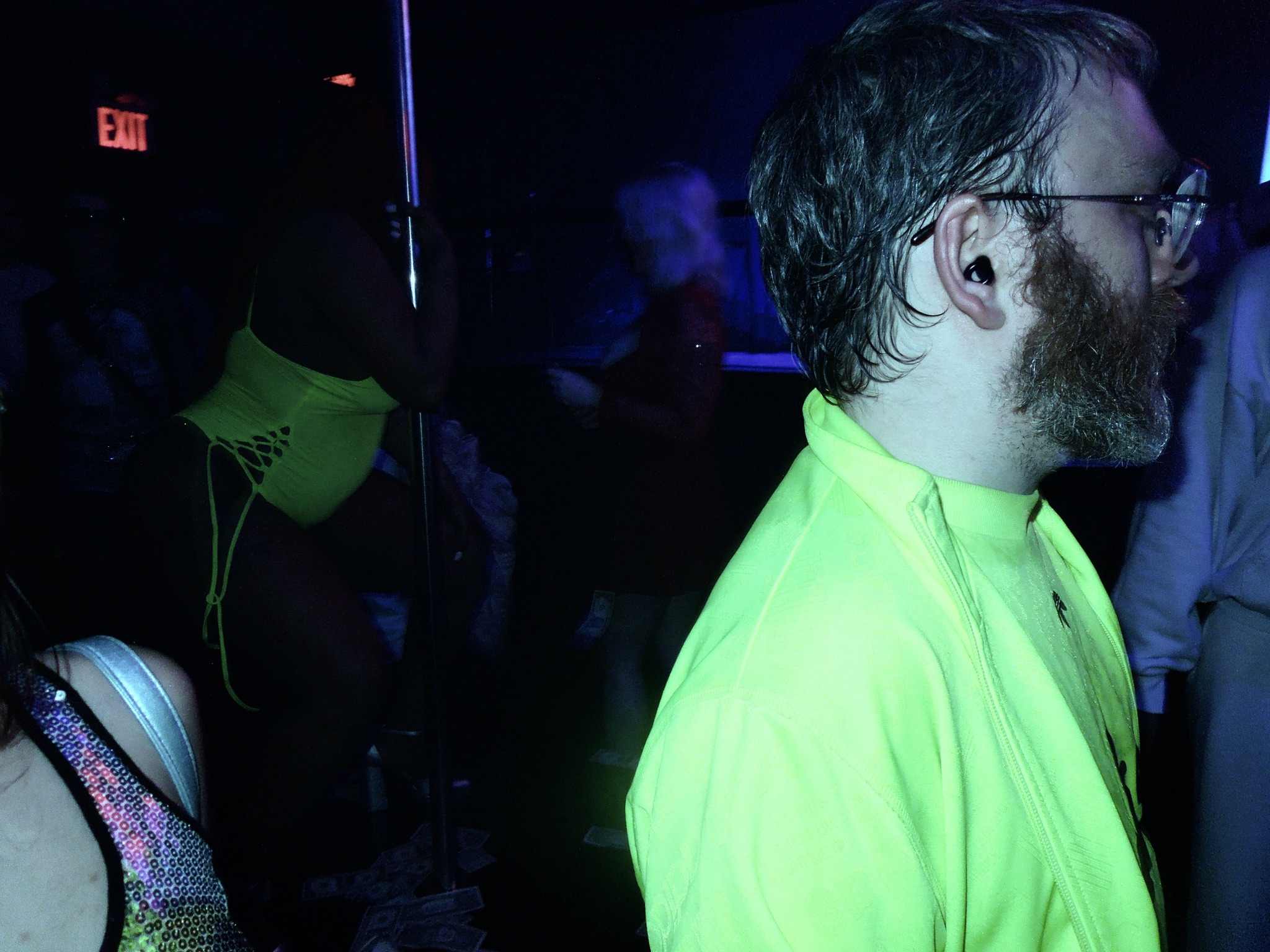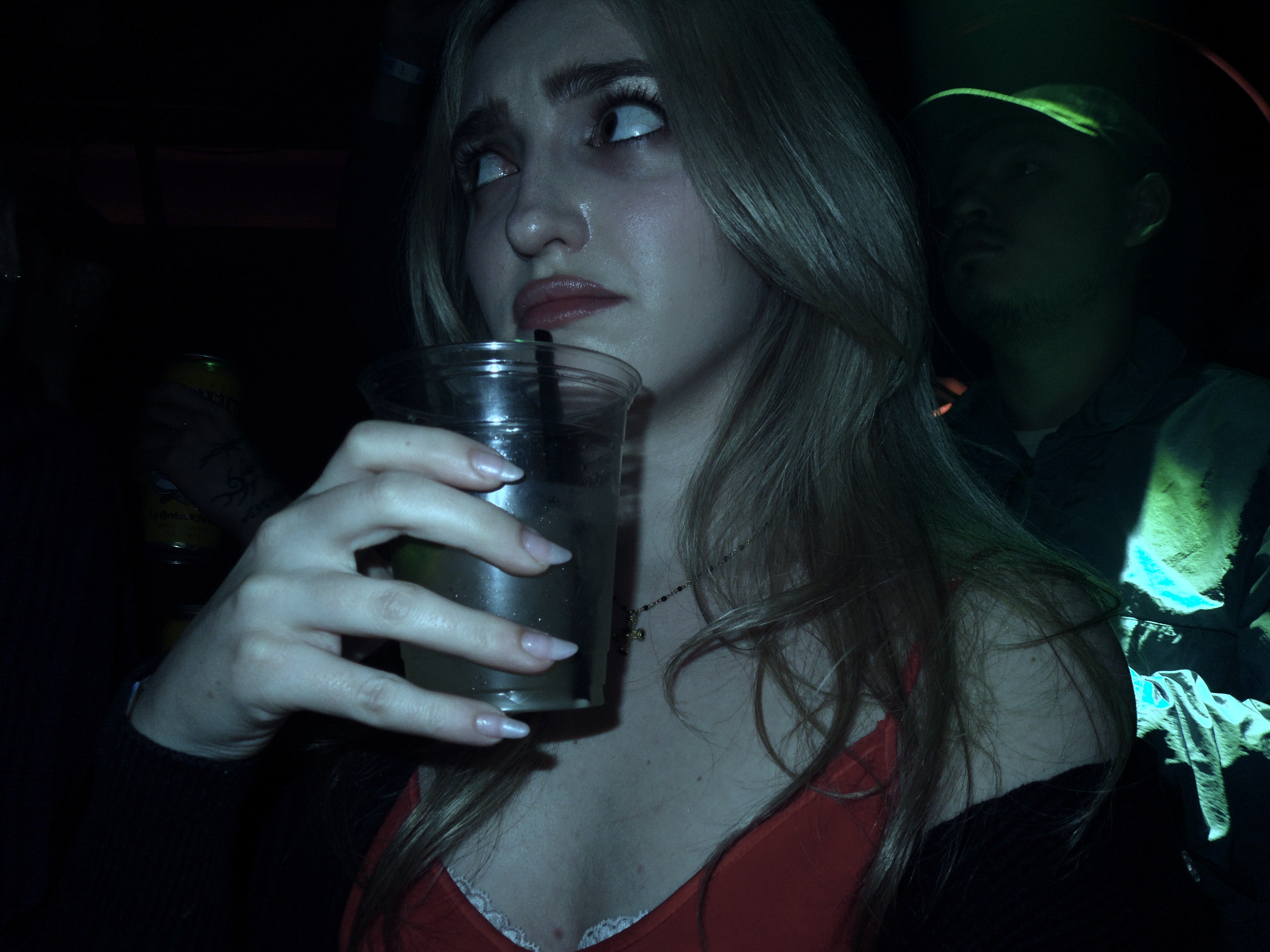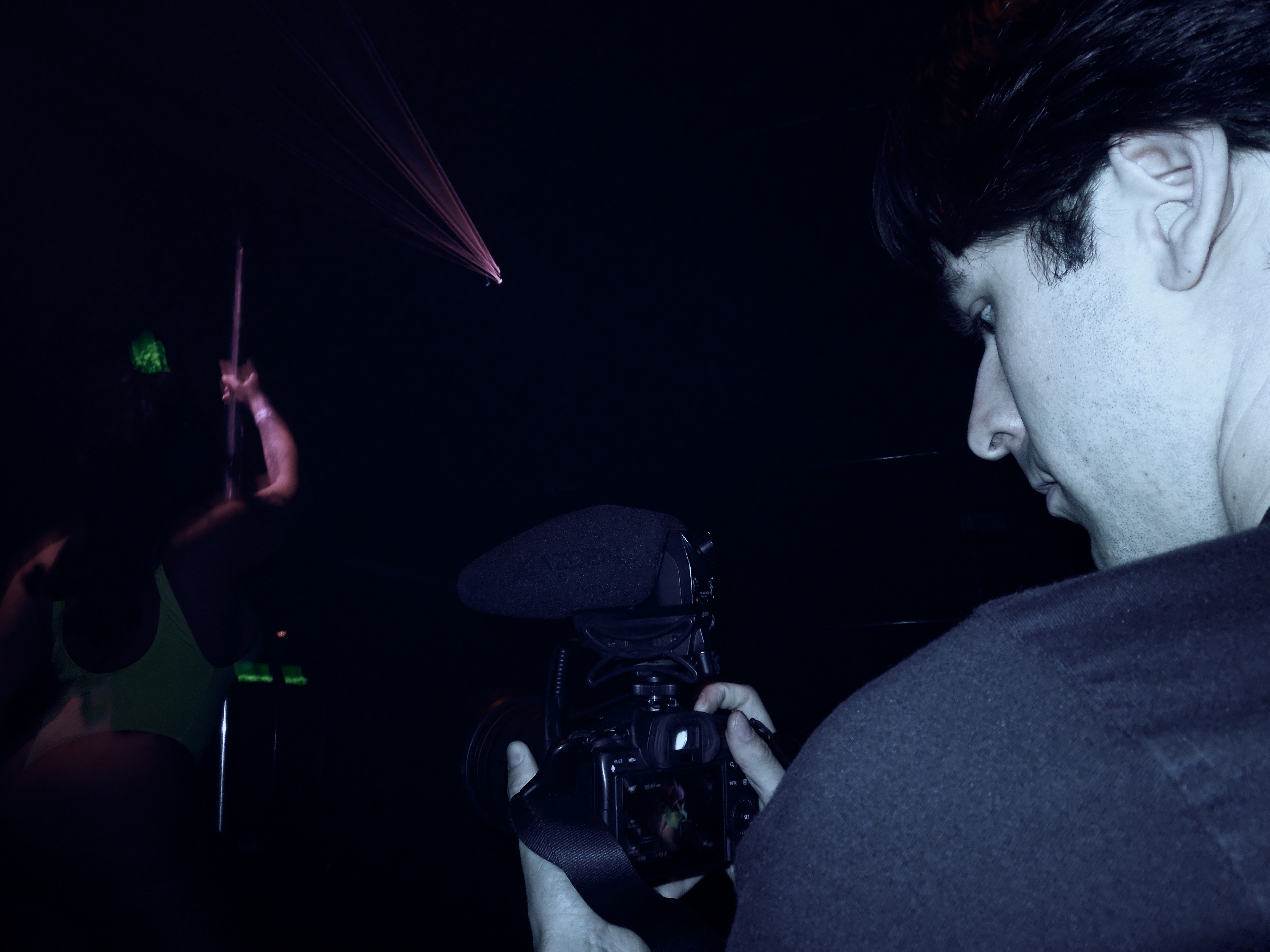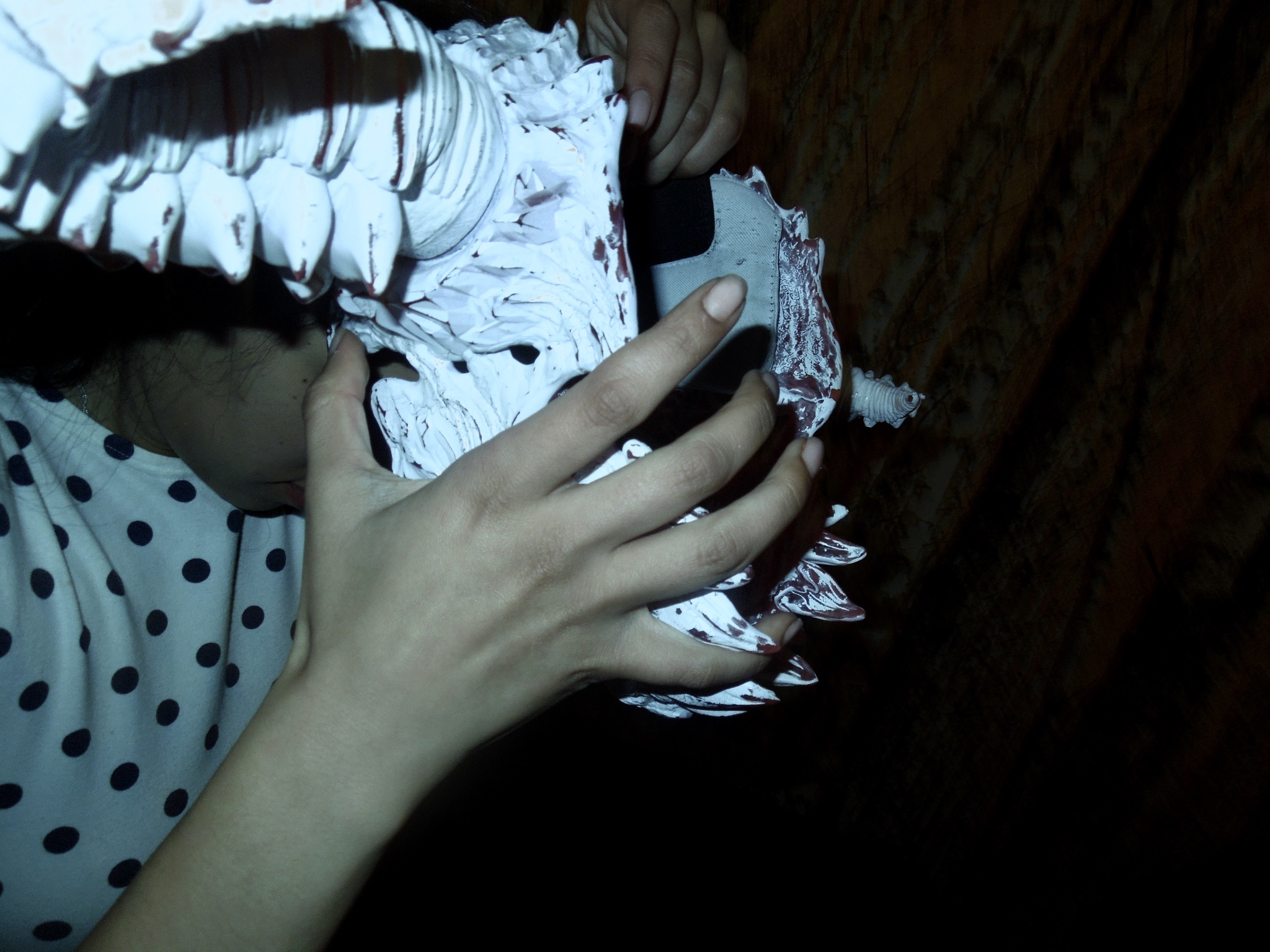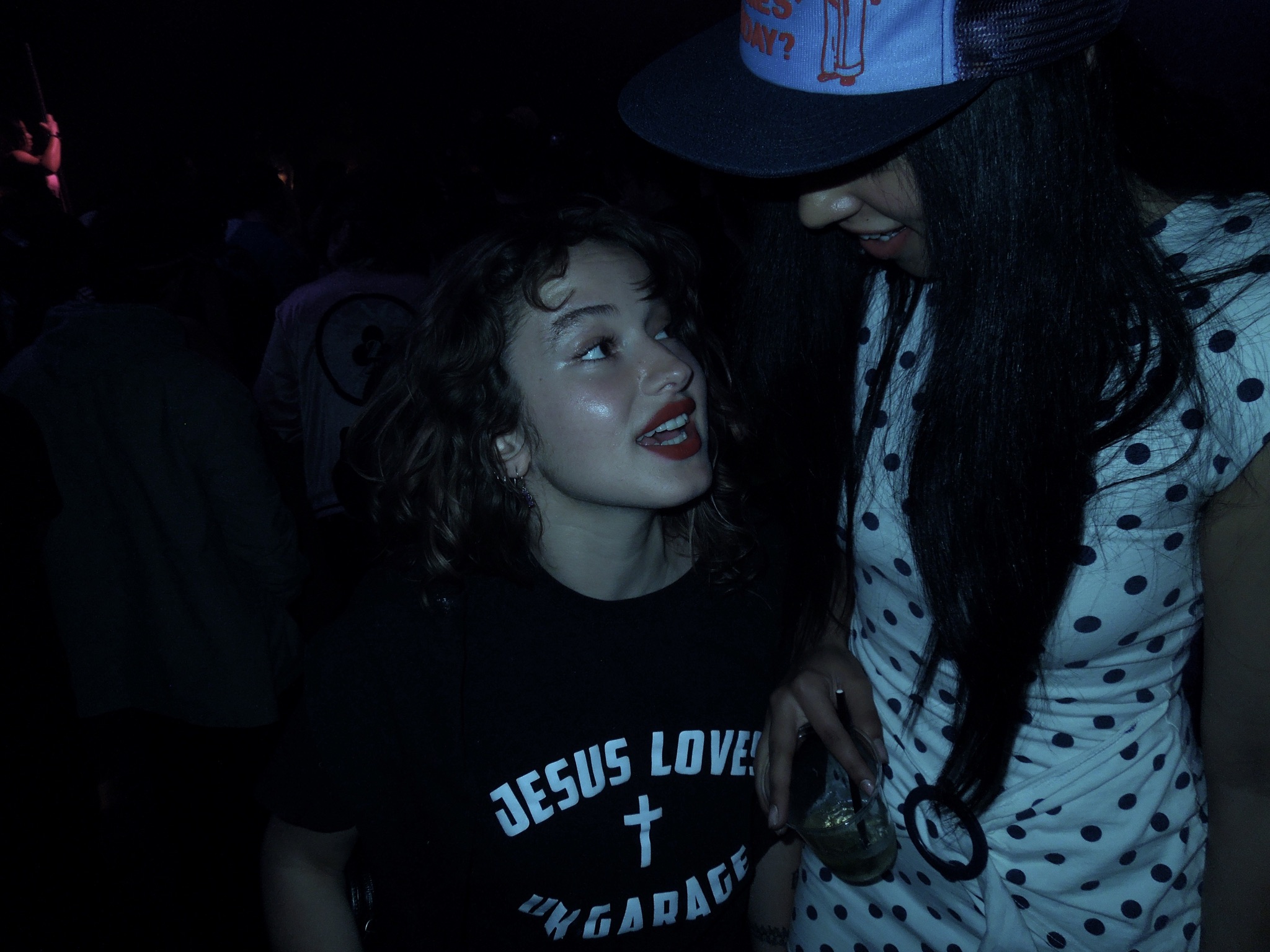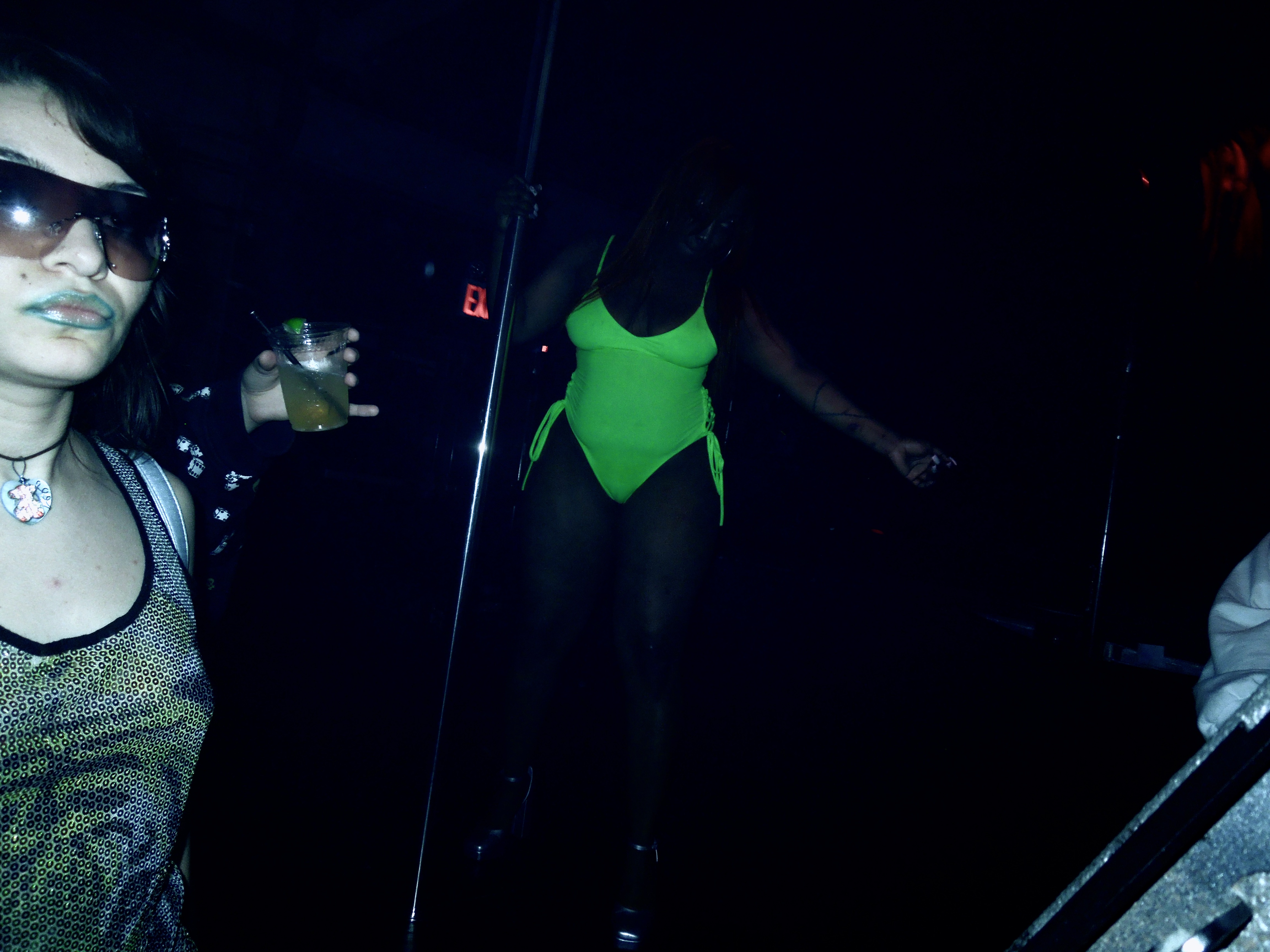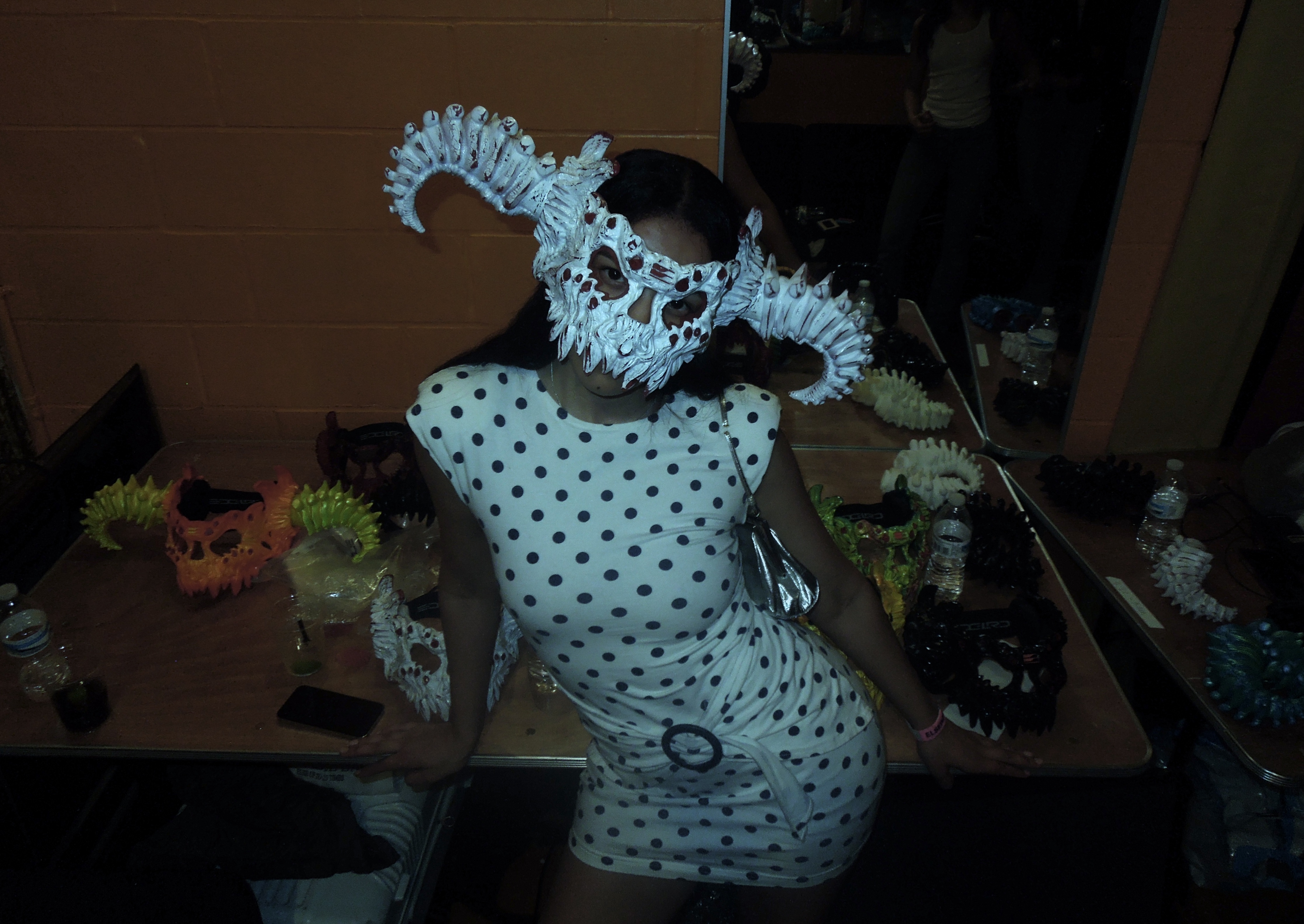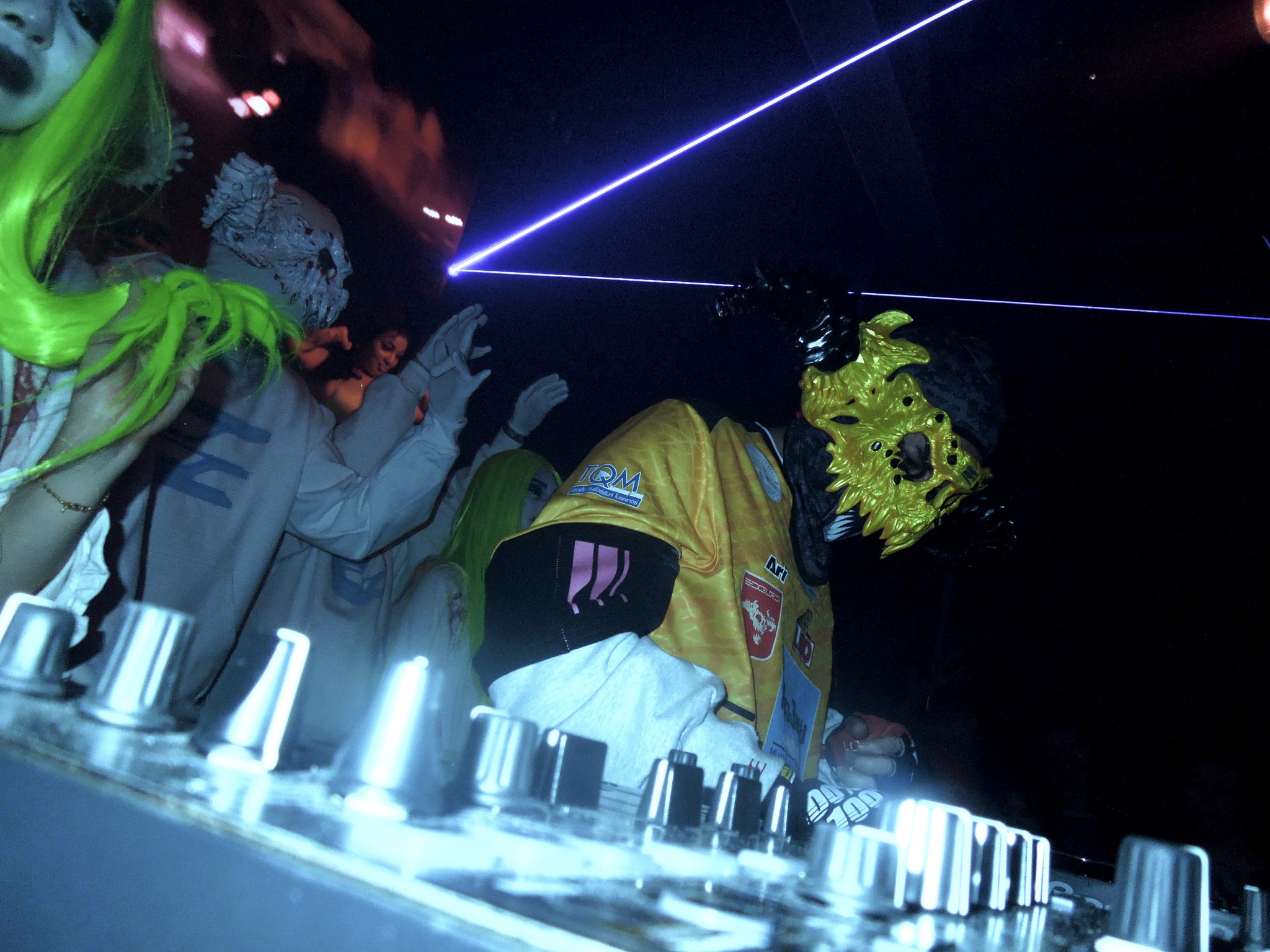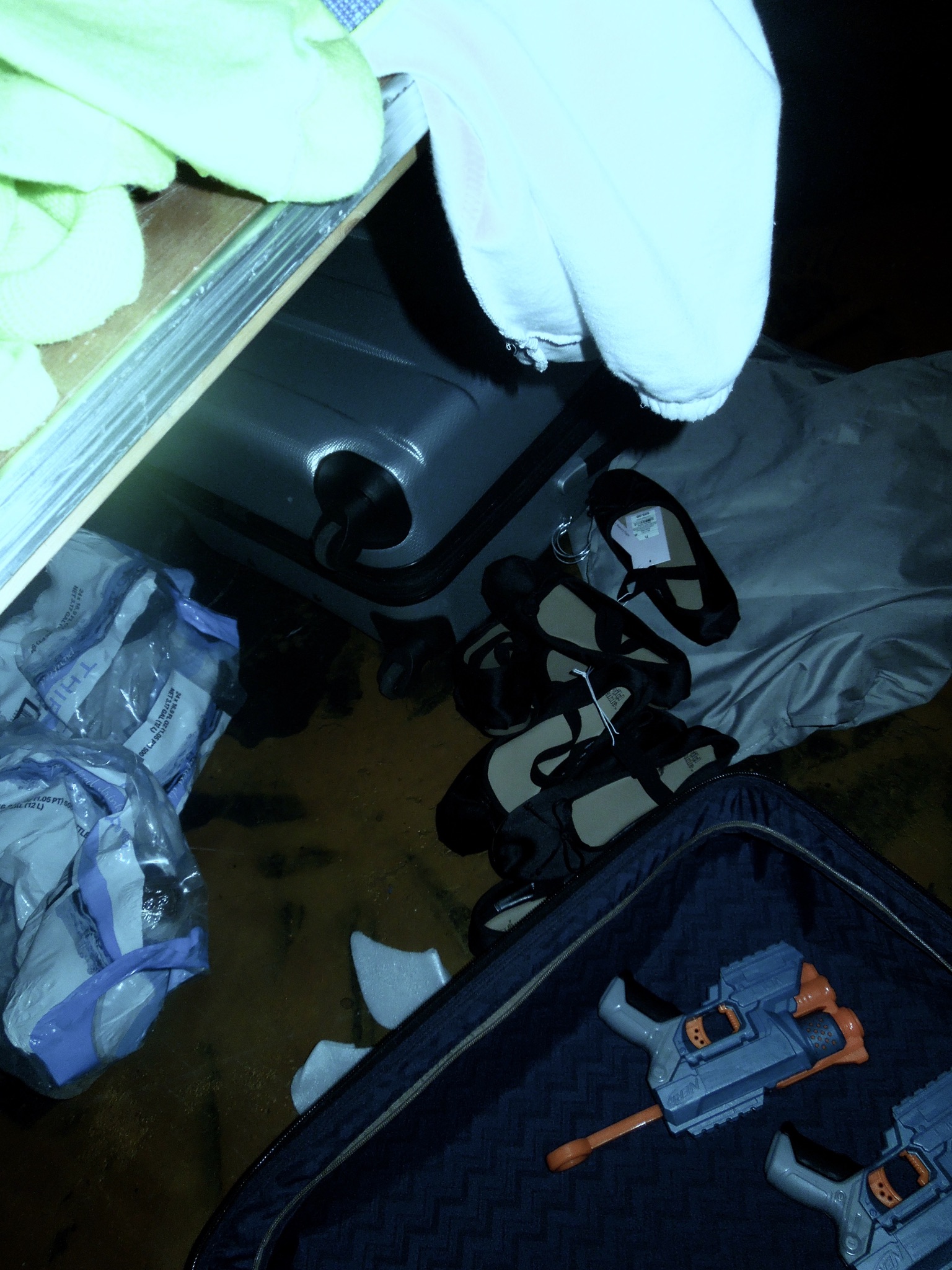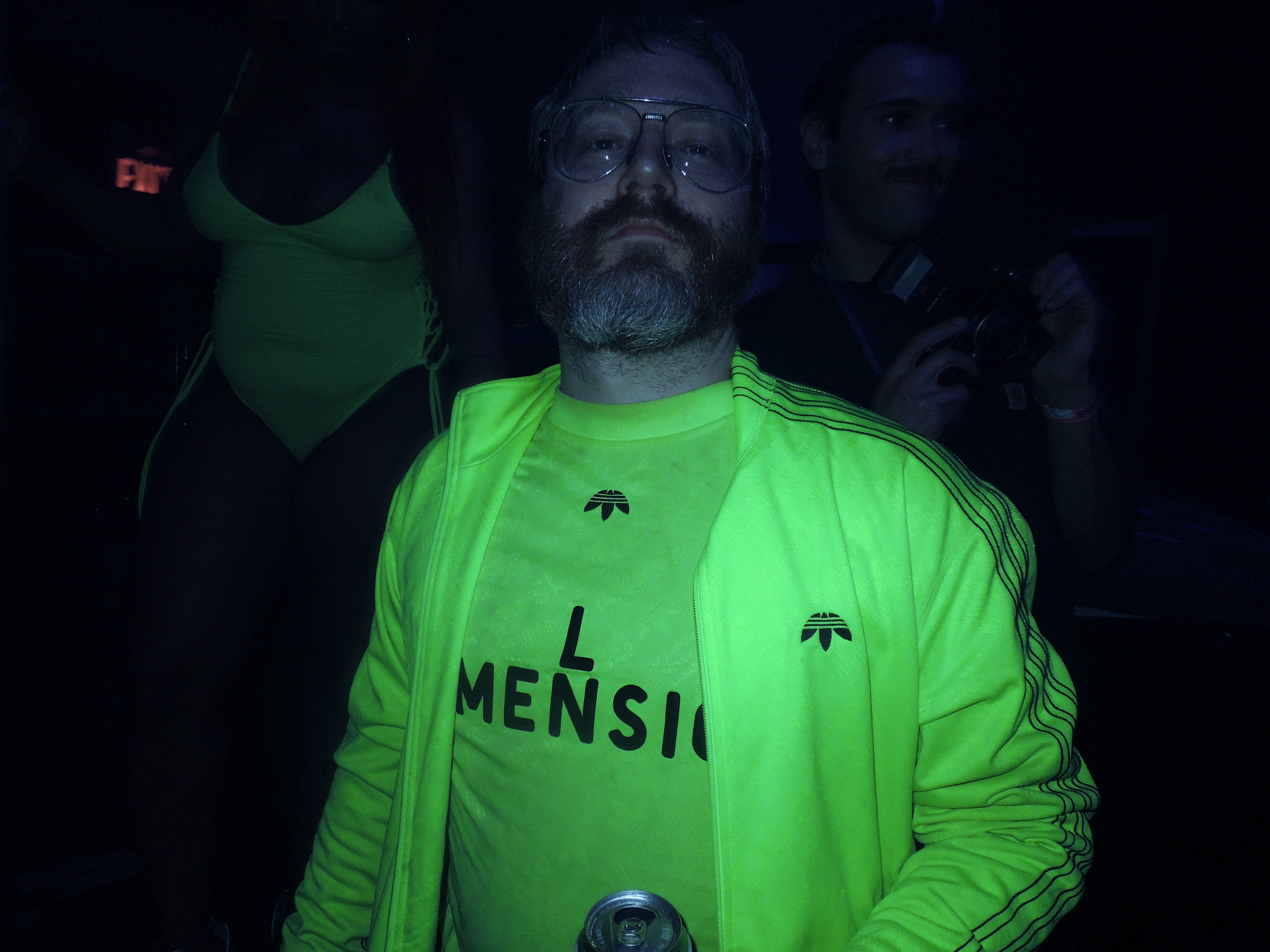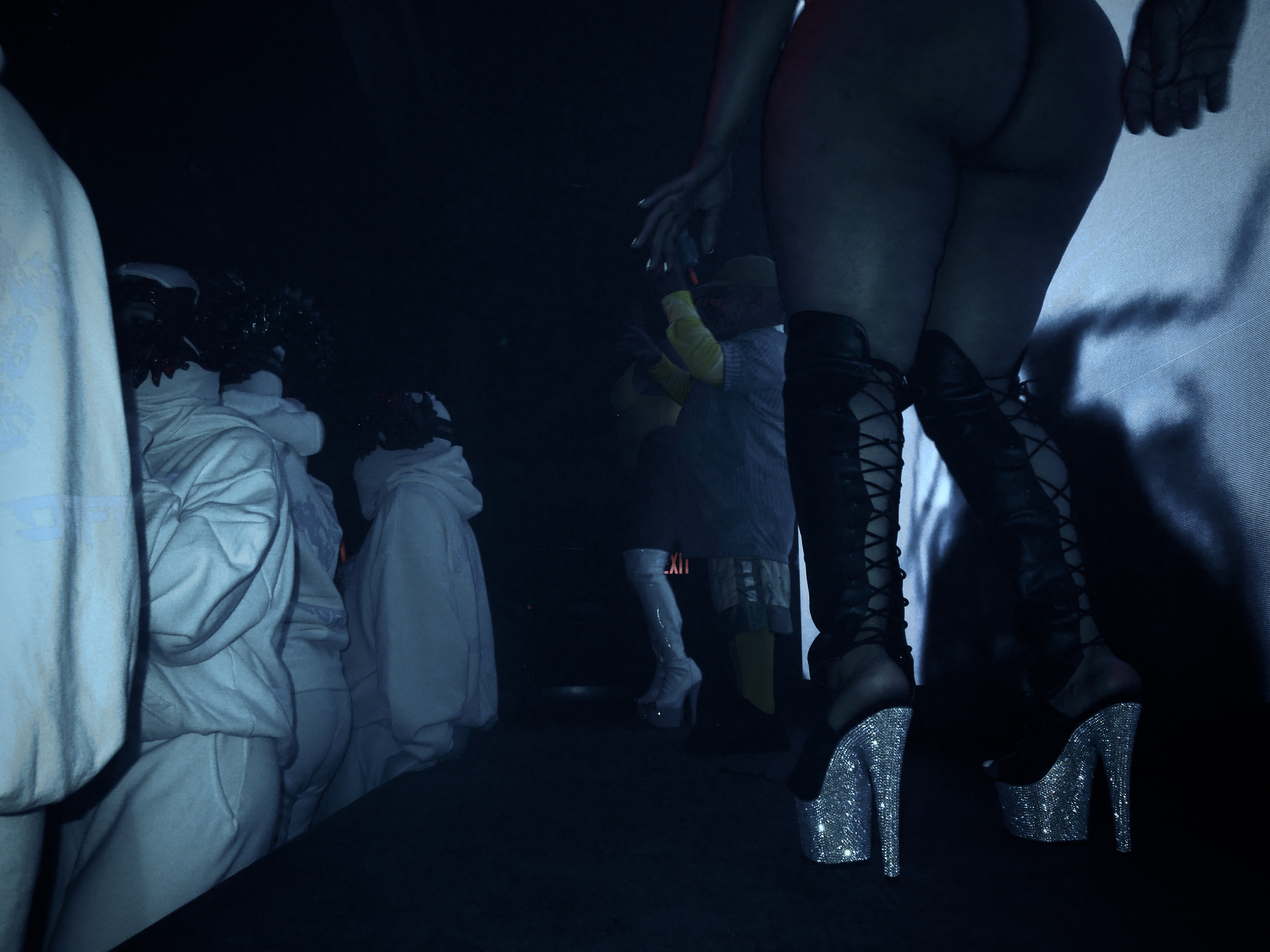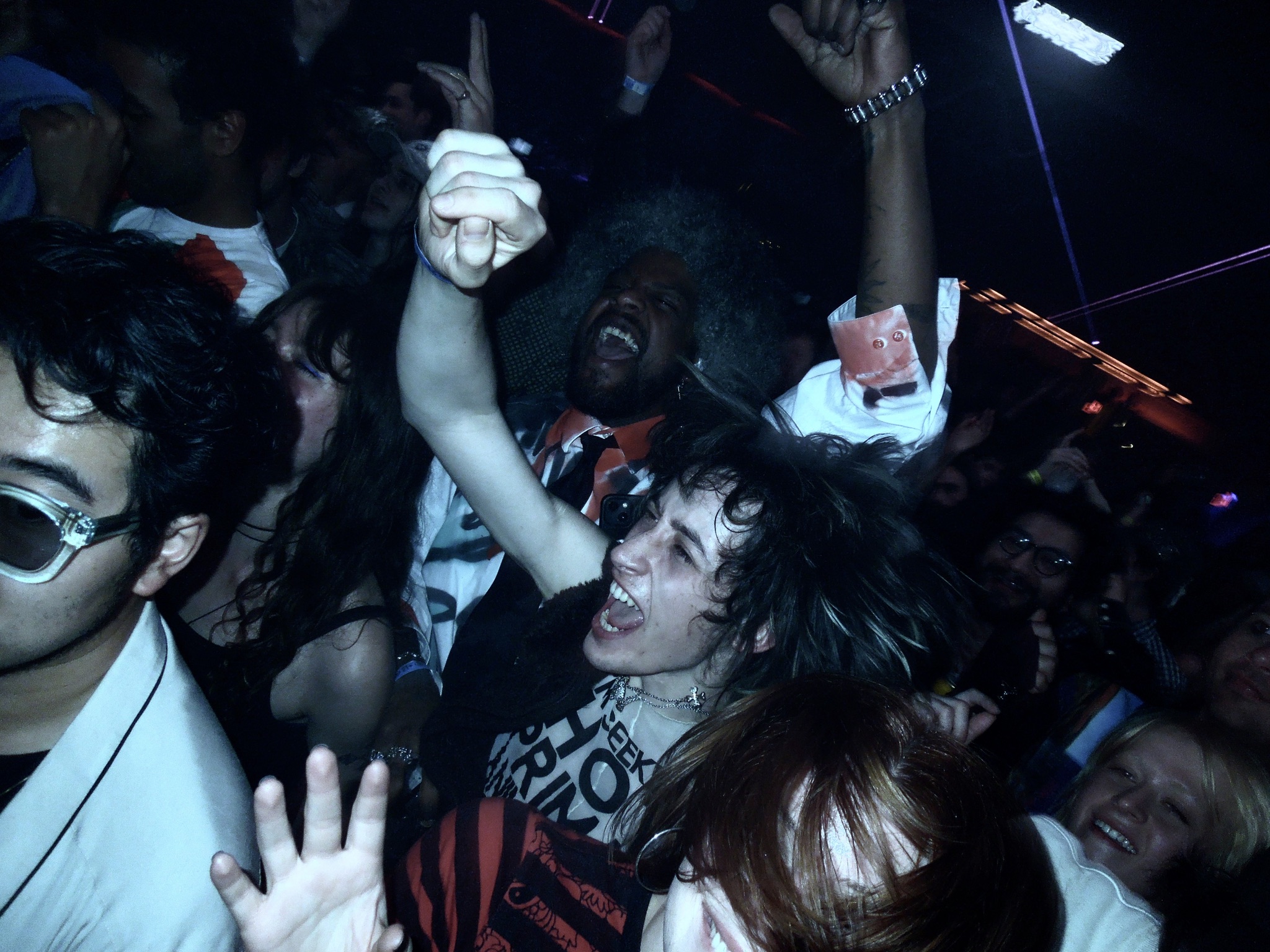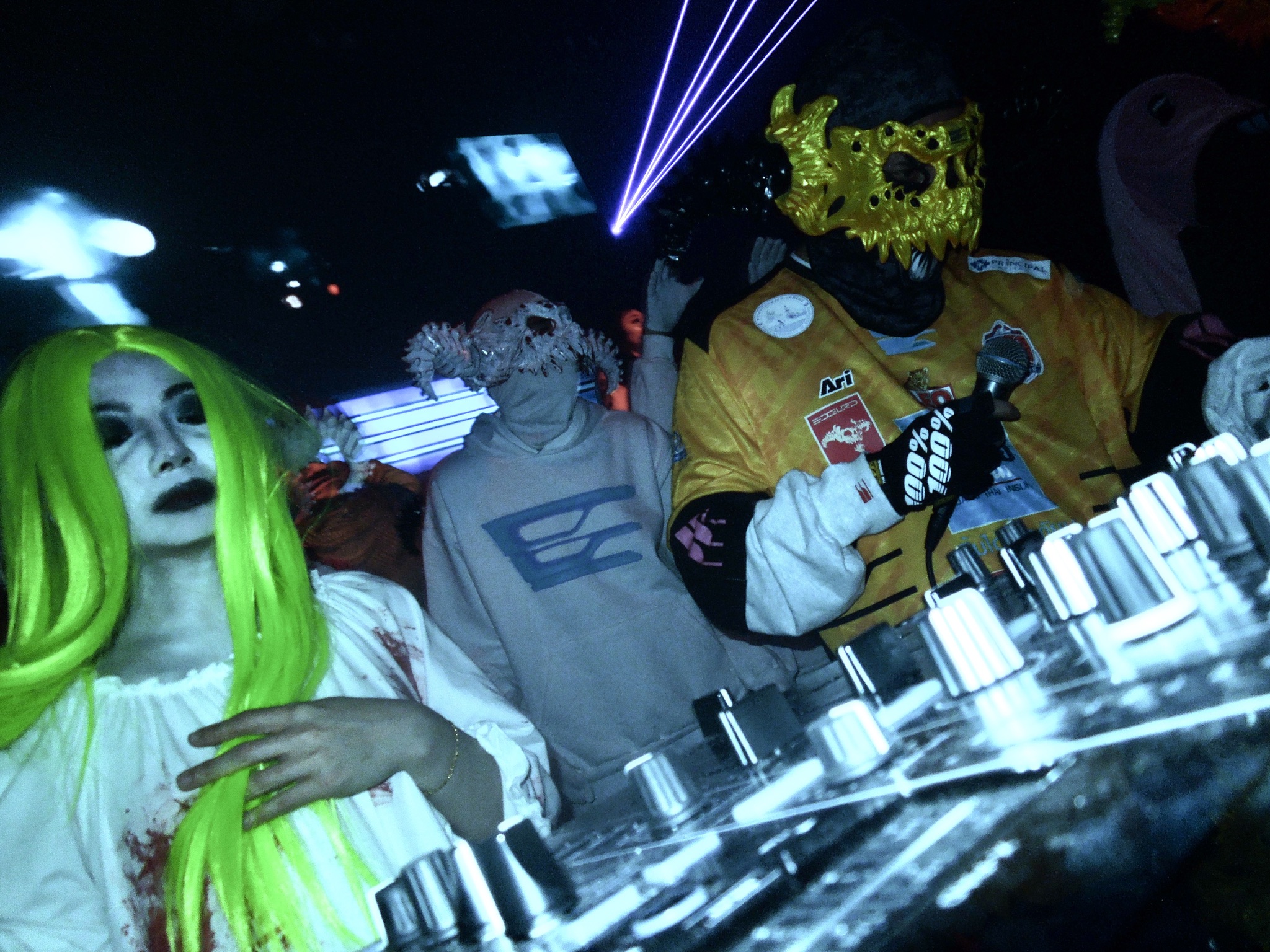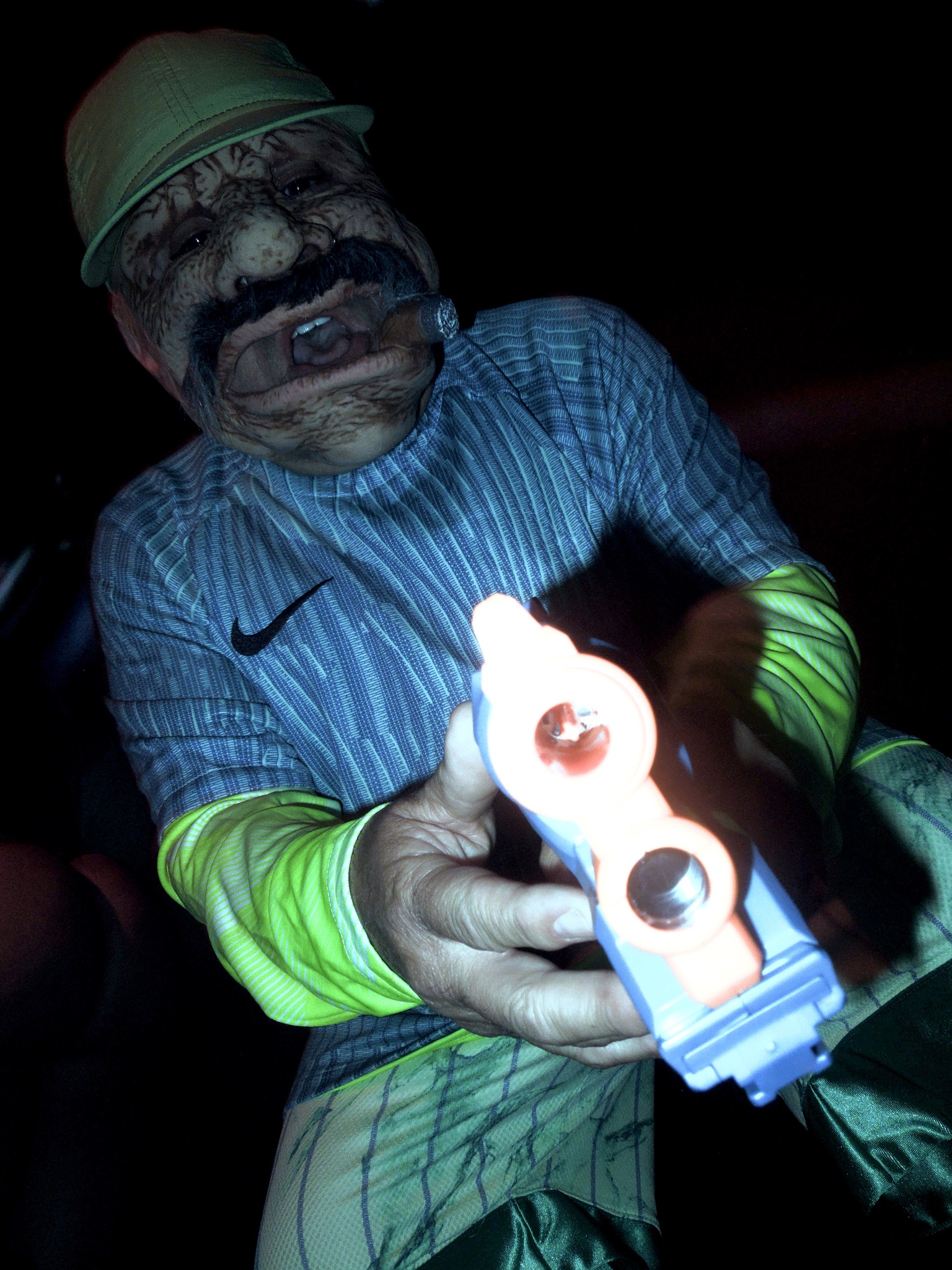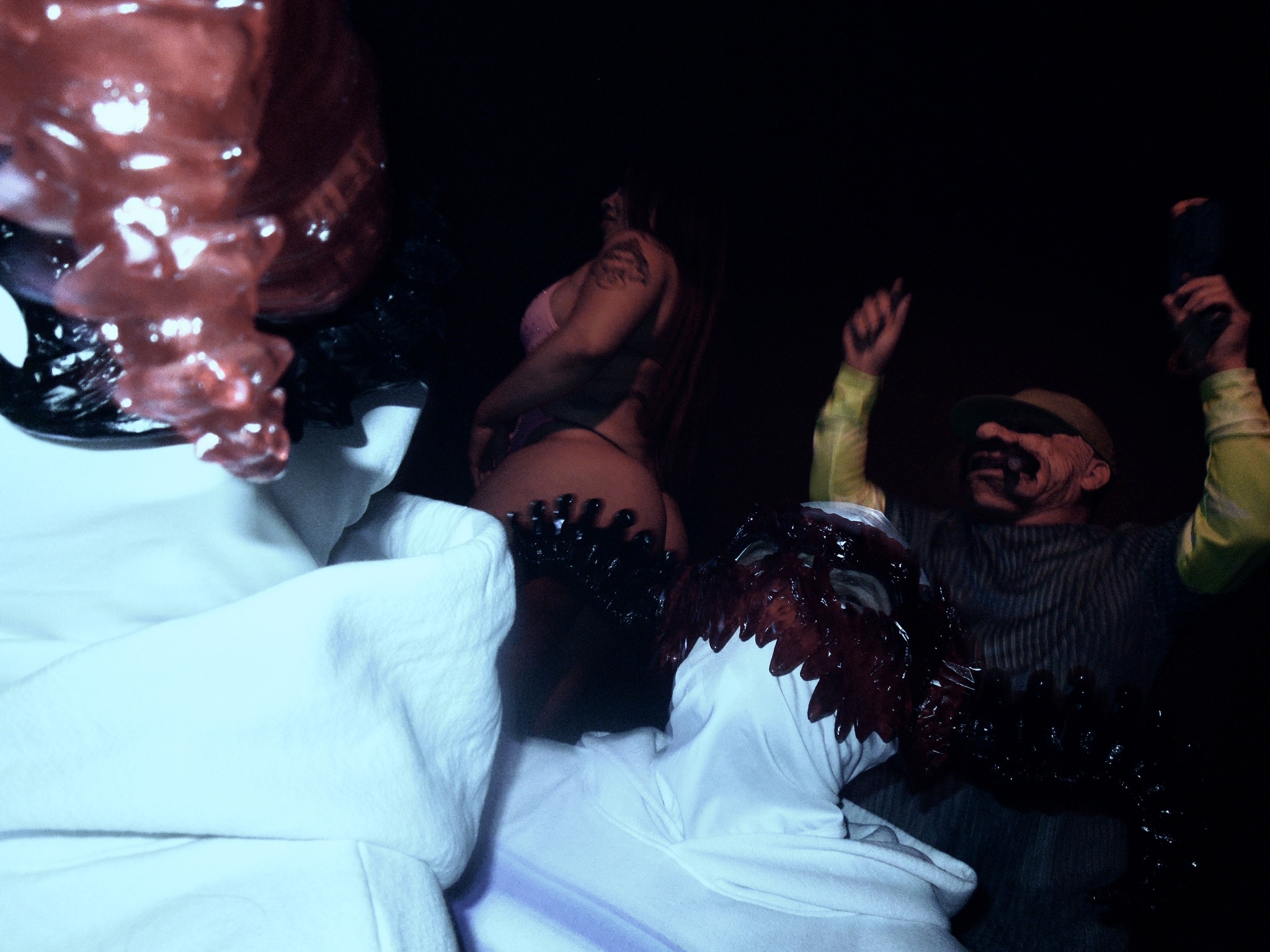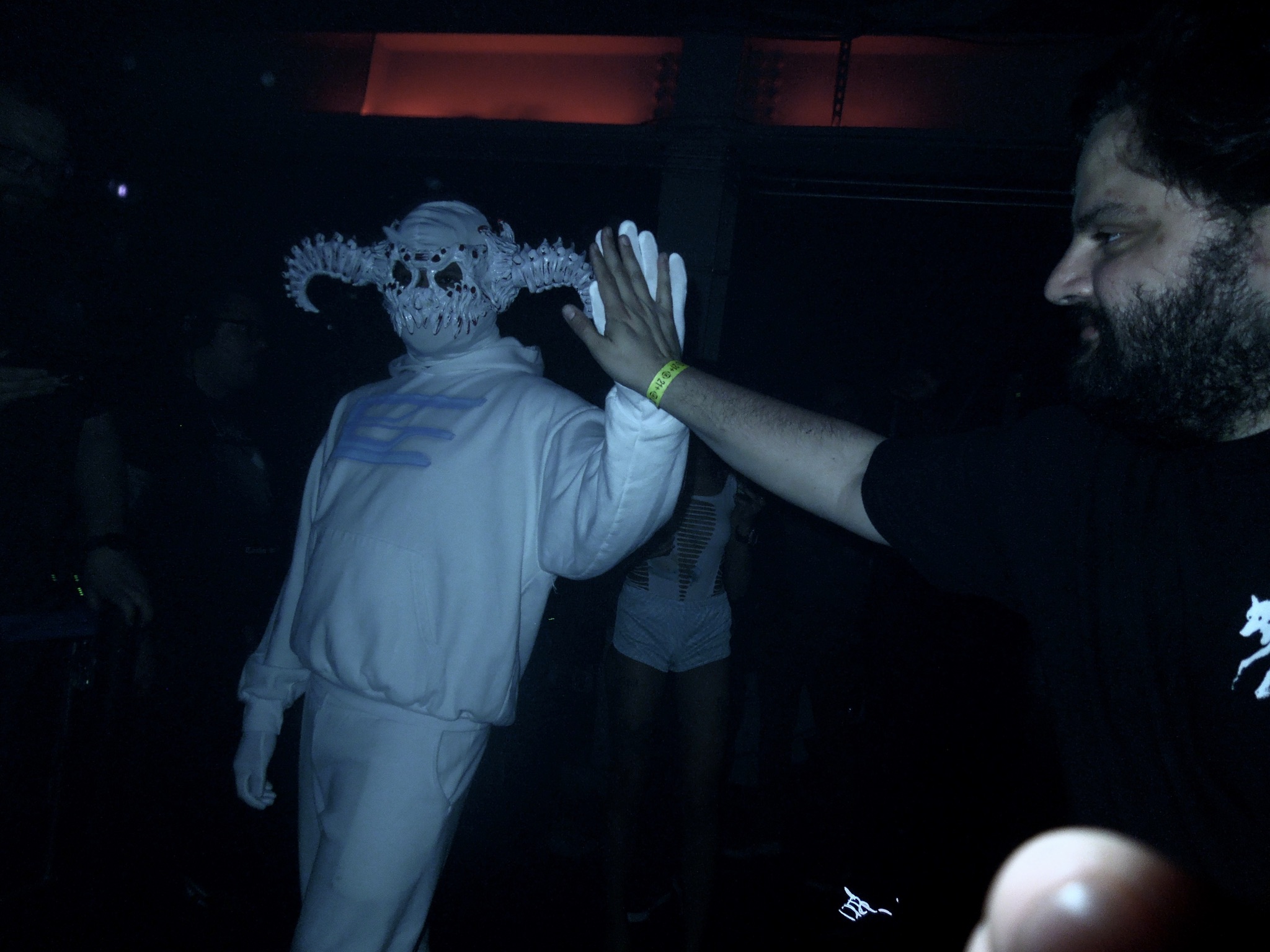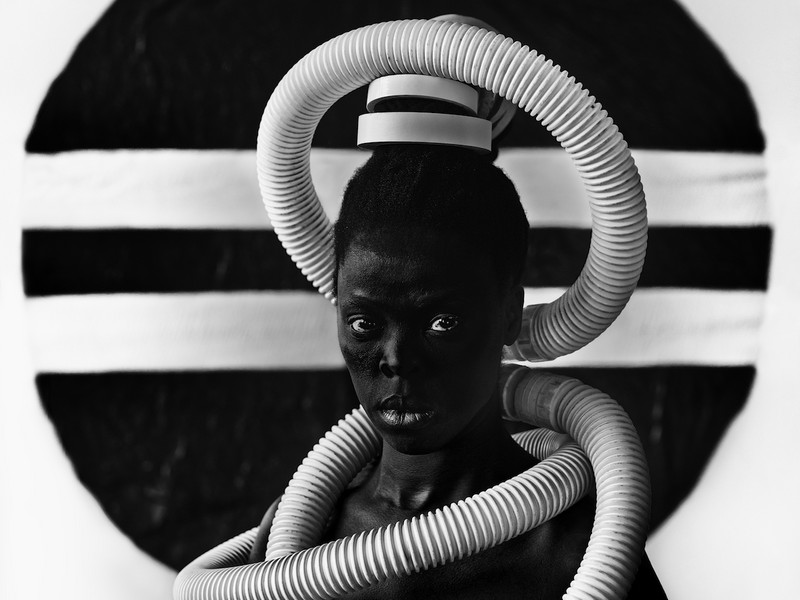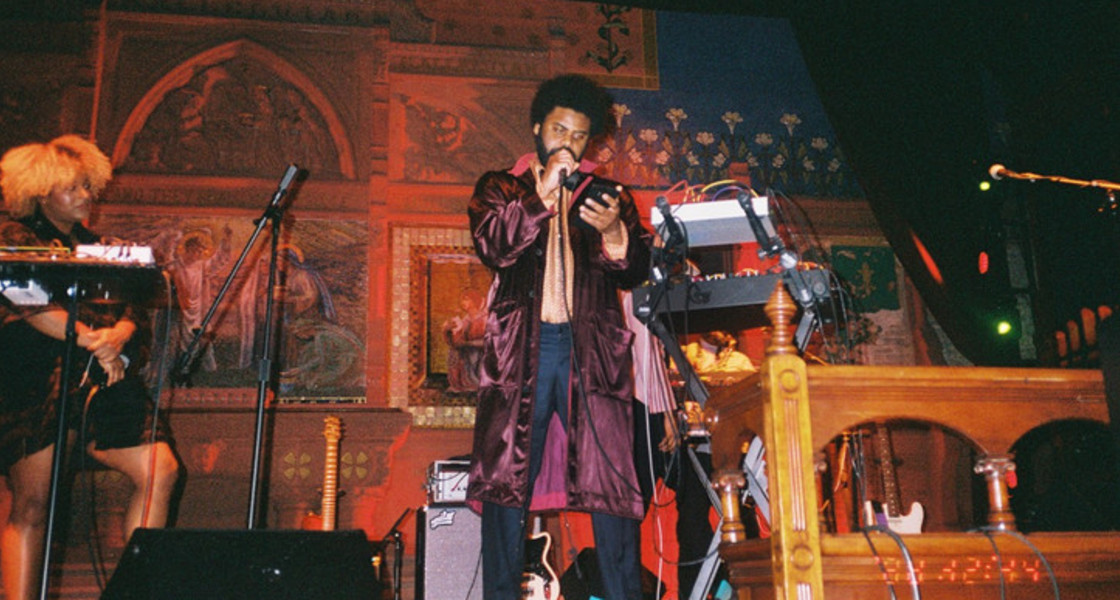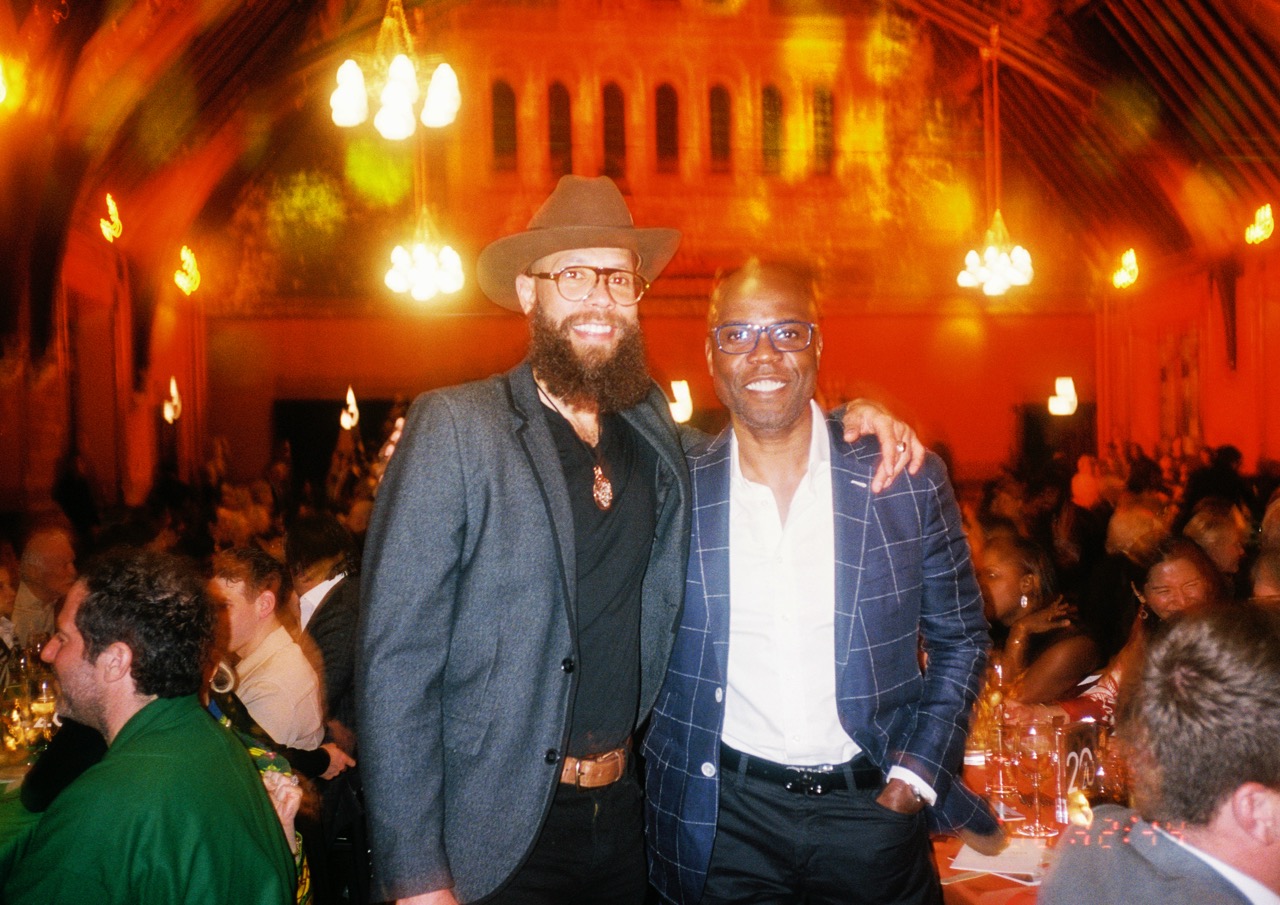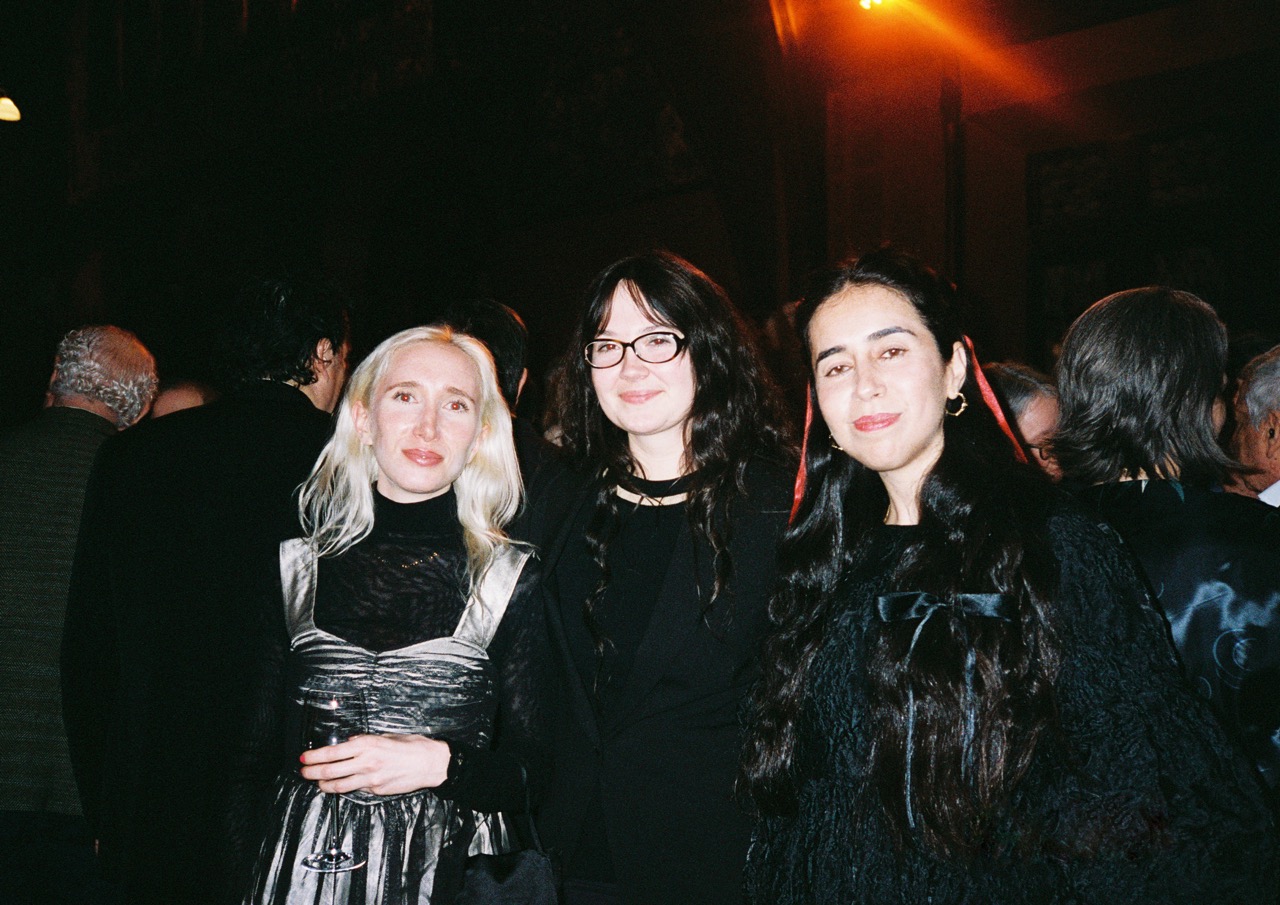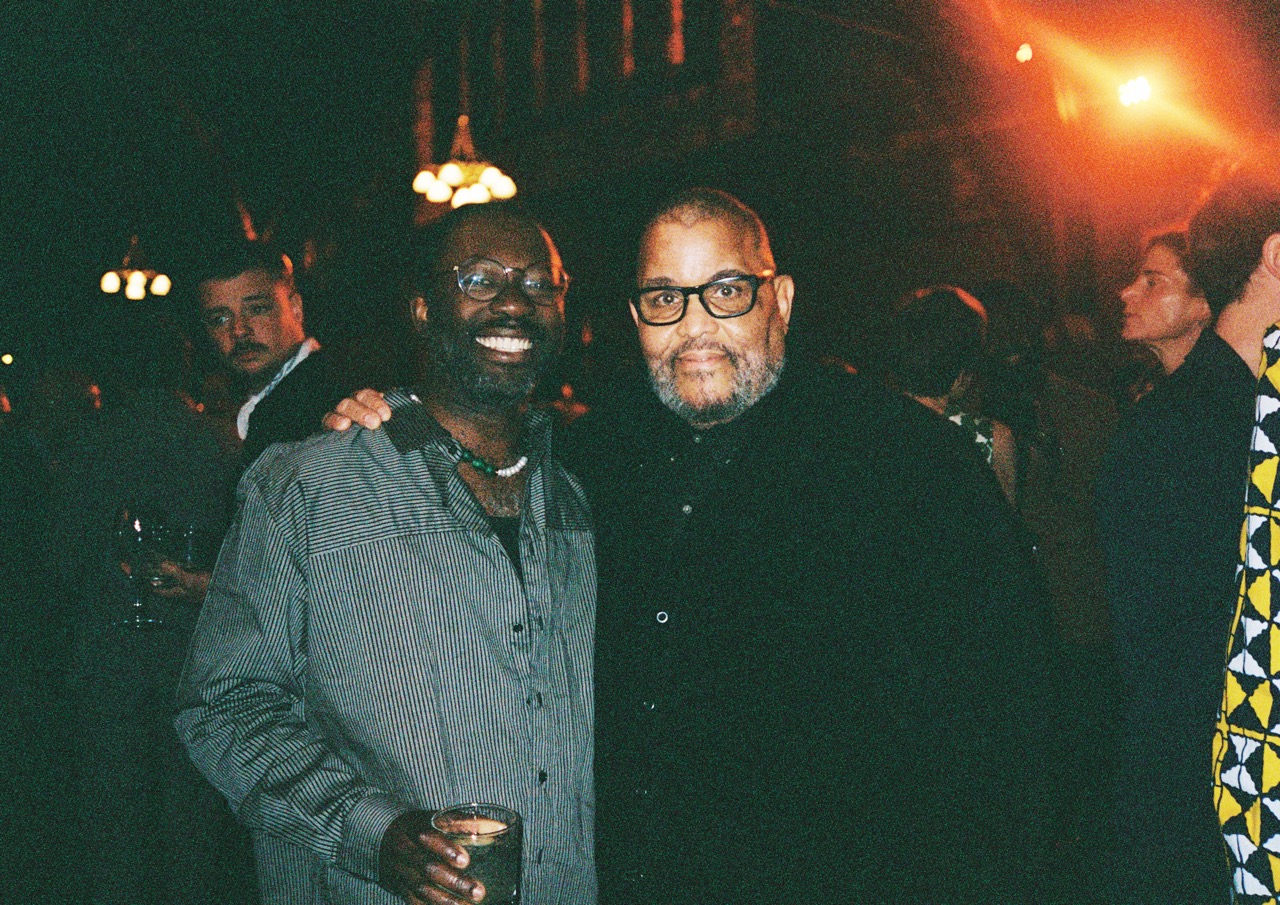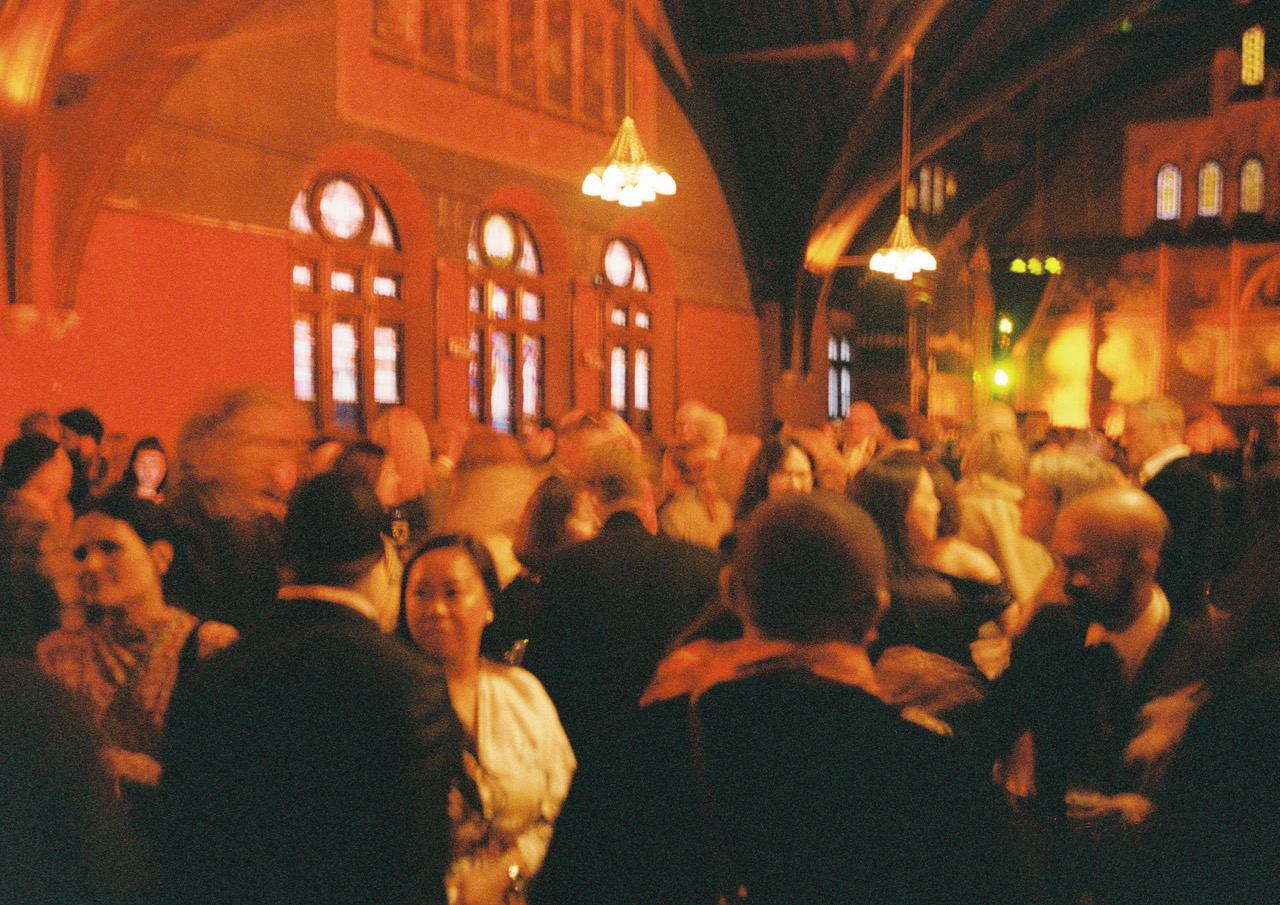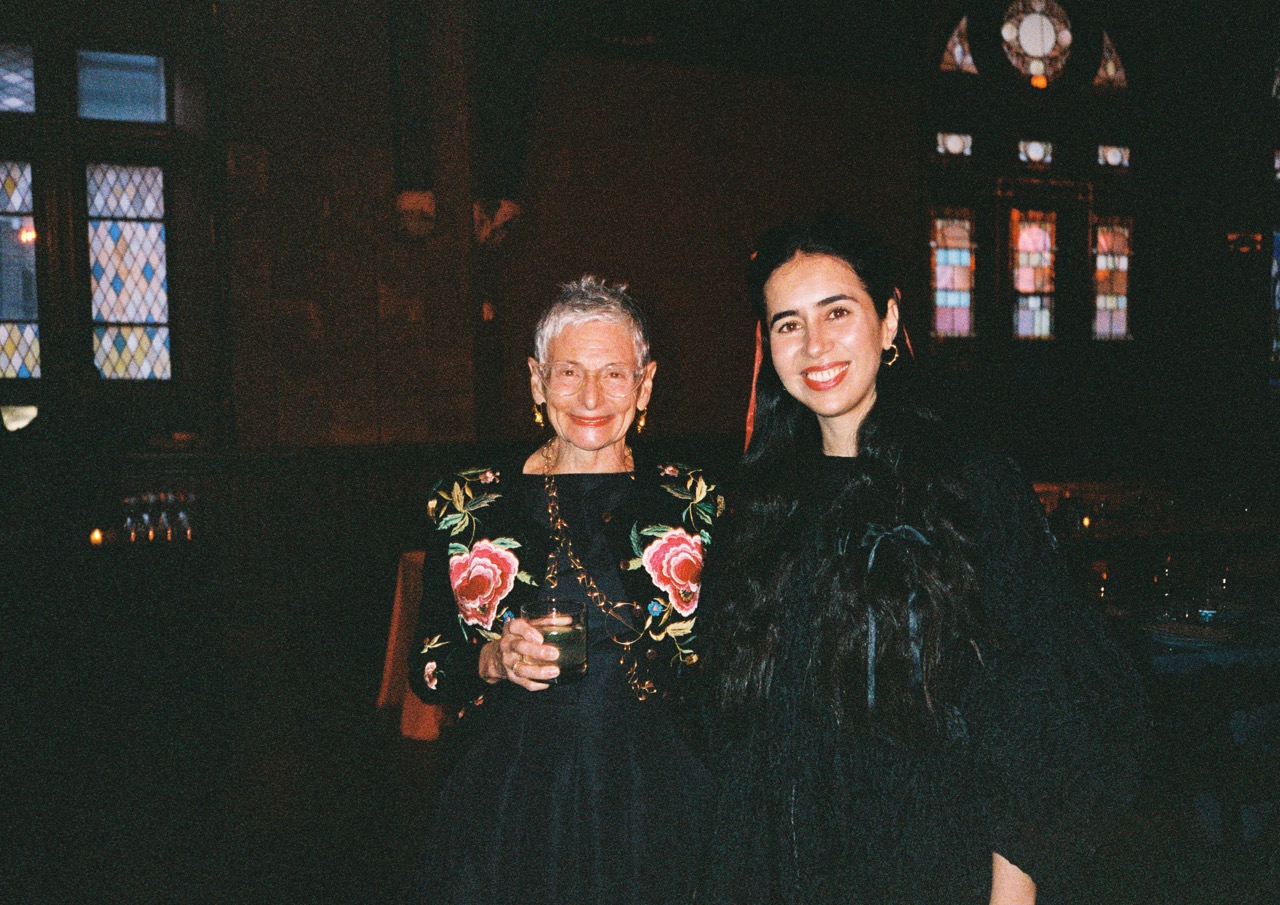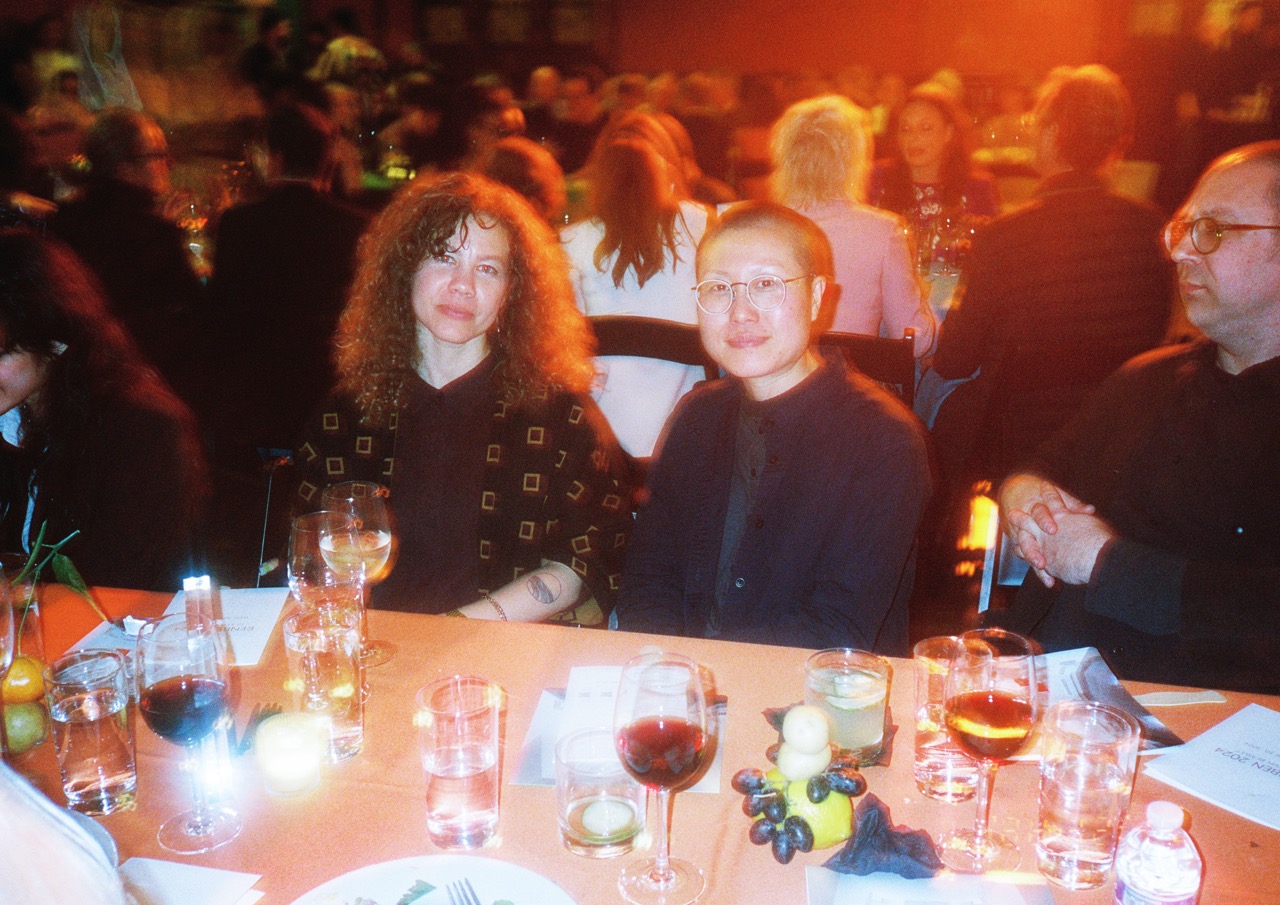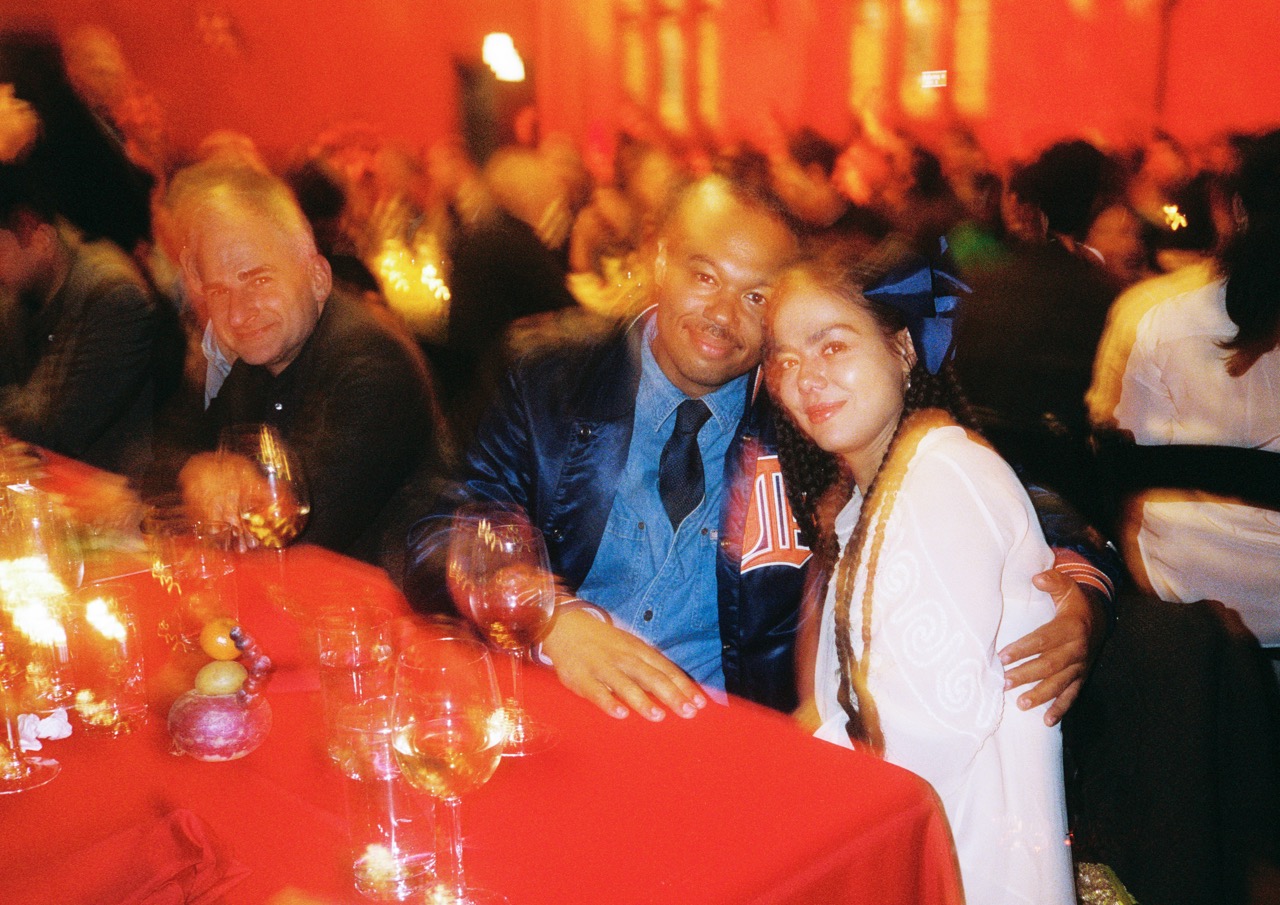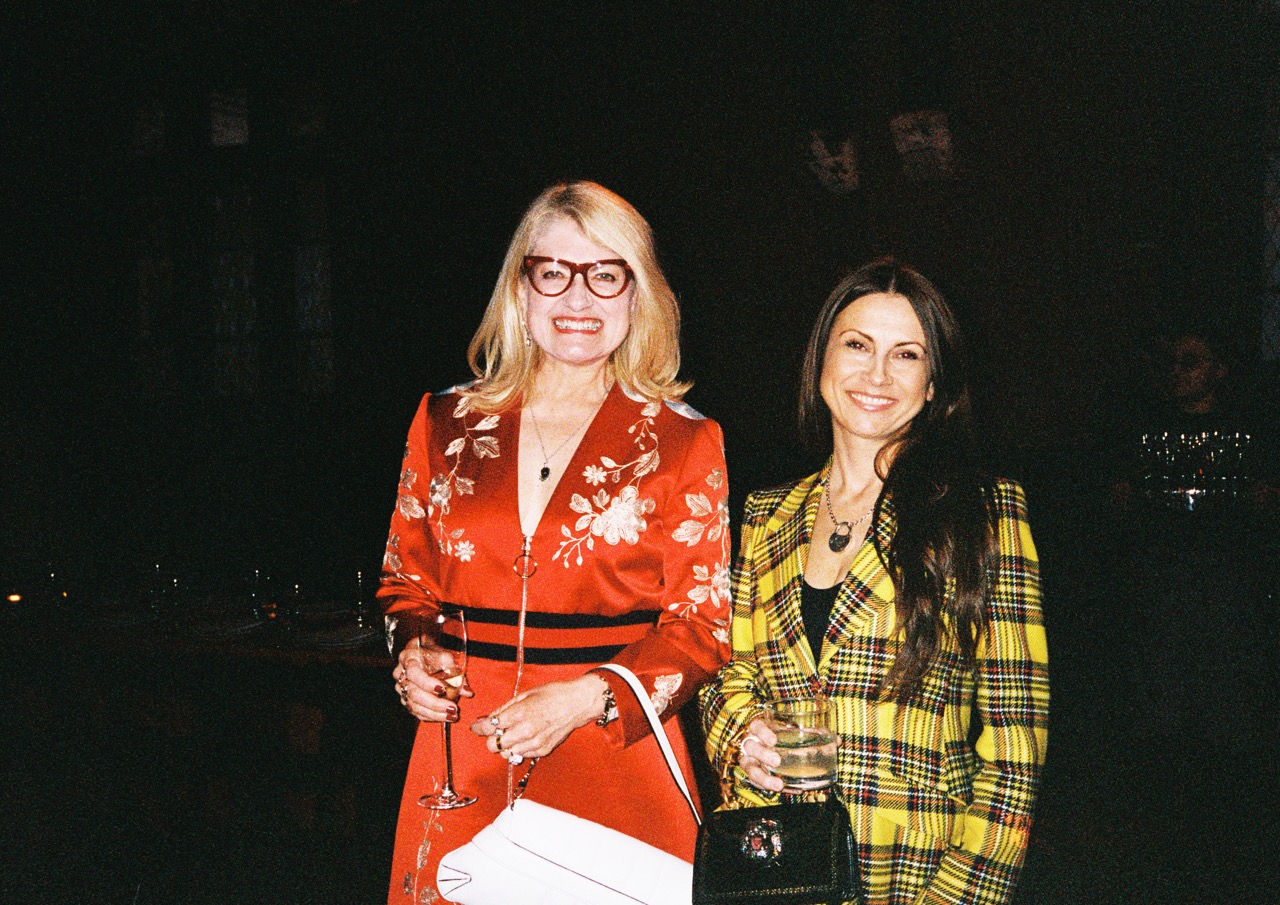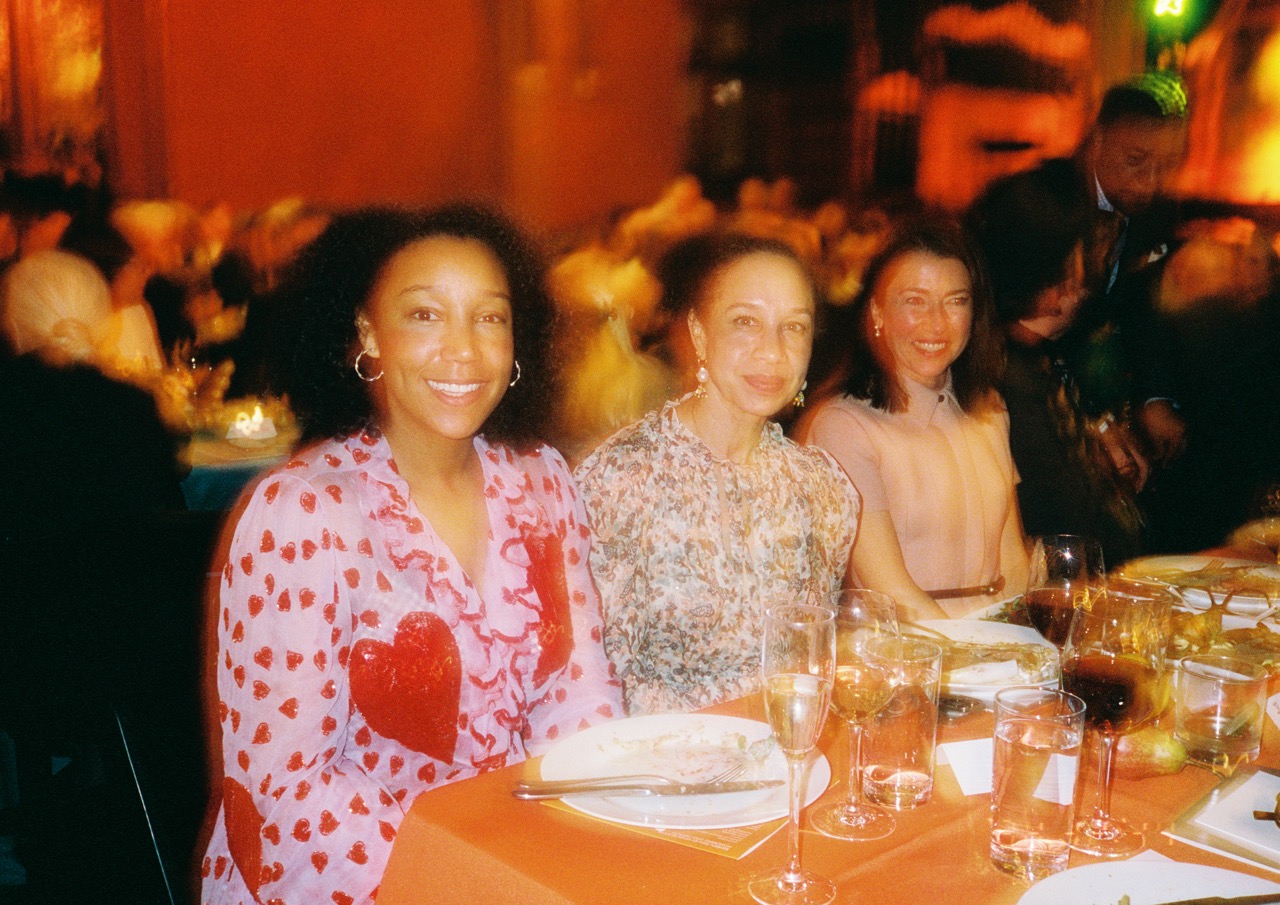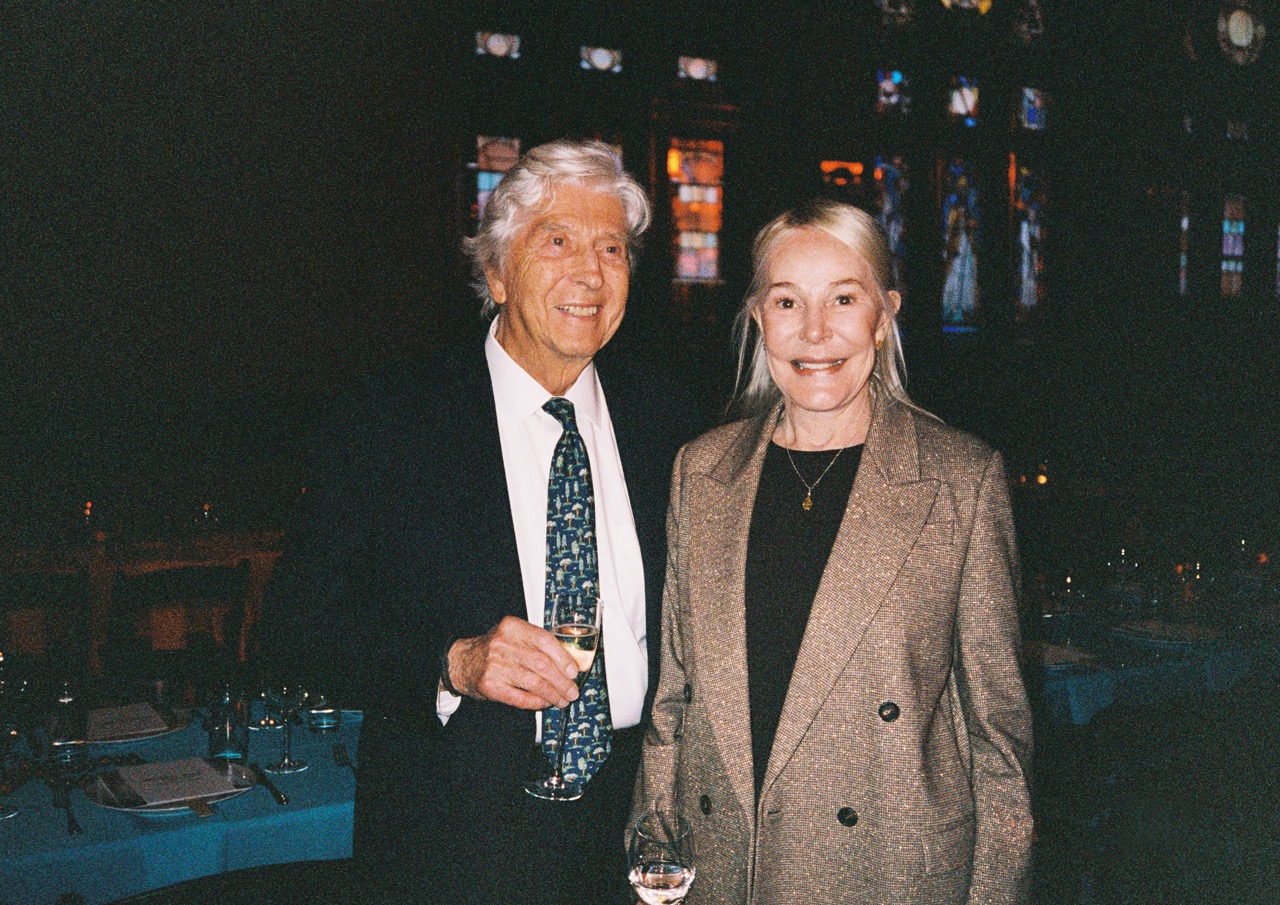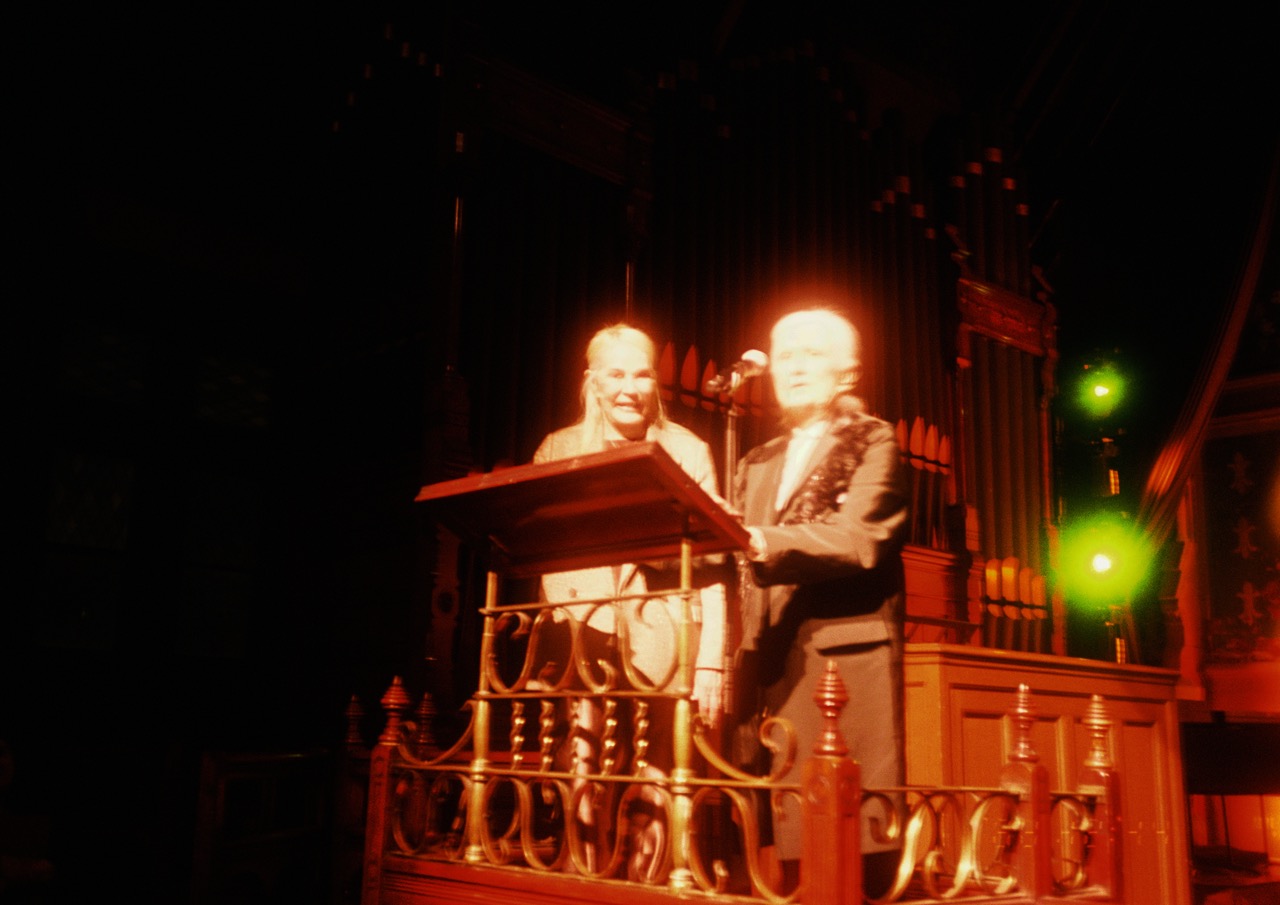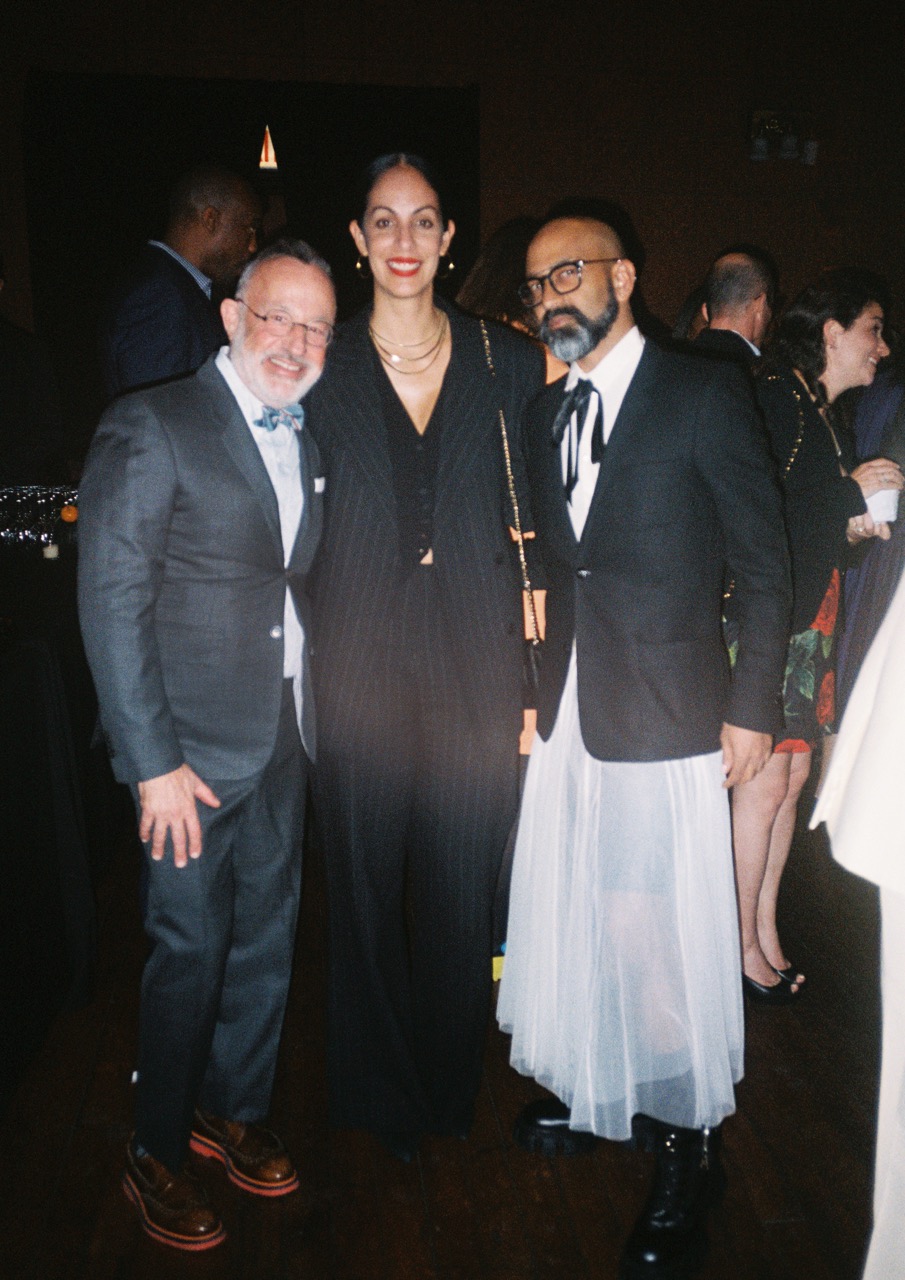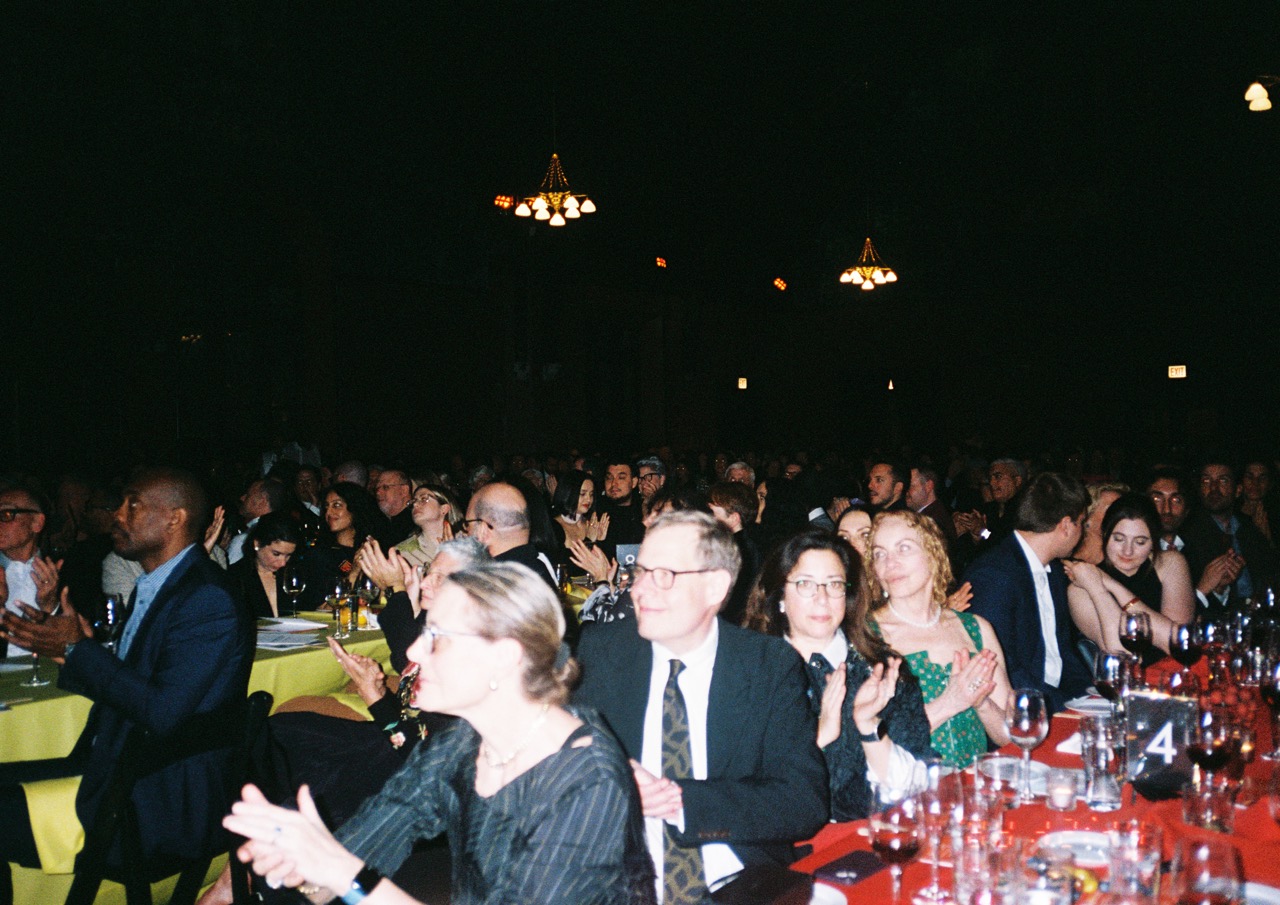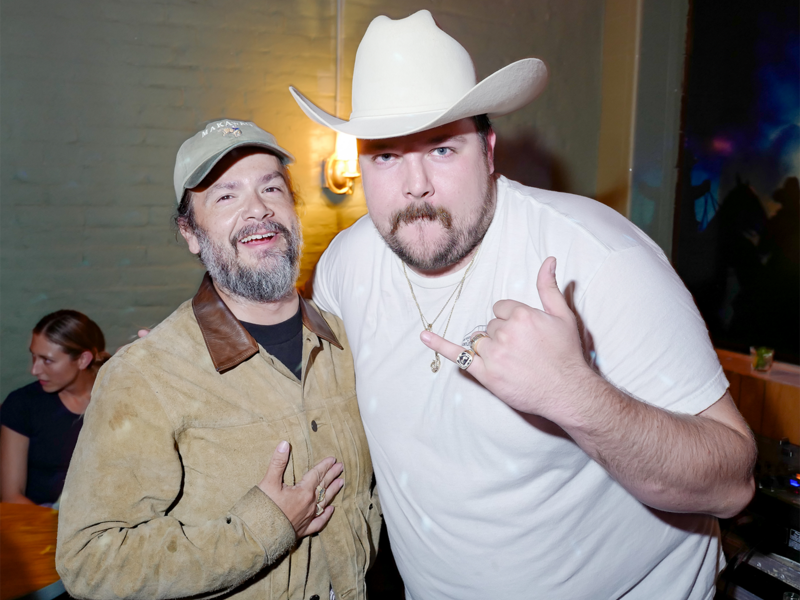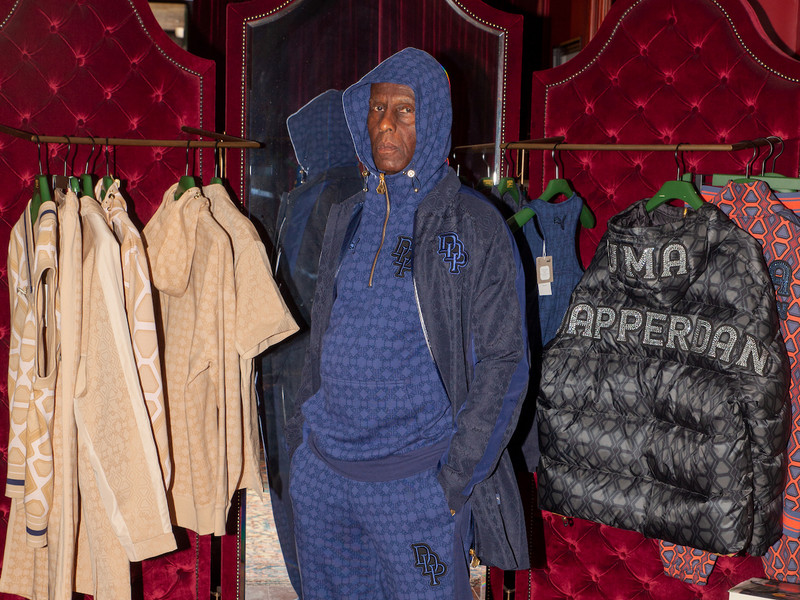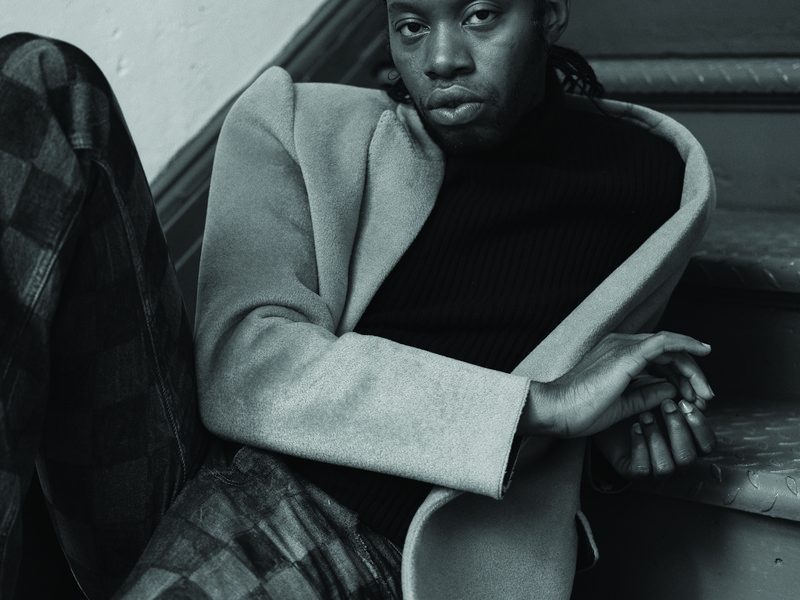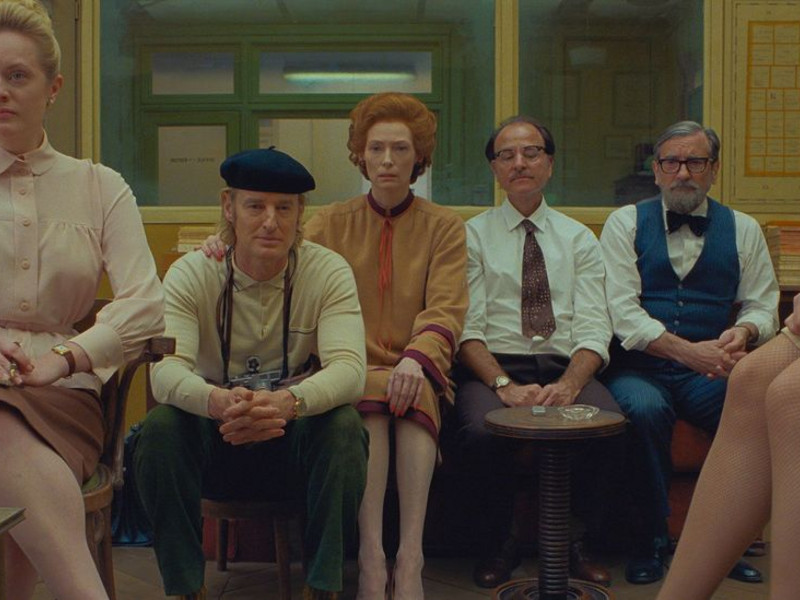And Now, a Moment of Catharsis

The choreographer had the crackling energy of someone who moves their body for a living, migrating towards his small audience (myself and the EP, basically) and speaking with verve about his personal dance philosophy: that he is less about dance as a discipline and more about the power of movement to give agency to the physical body that we all possess. During the rehearsal he kept touching on this point, that the actors should think less about assigning their gestures to the music and more about simply living in the movement as such.
The show was inspired when the playwright, Sarah Hall, came across a simple and startling statistic, released only a few years ago by the Center for Disease Control: if recent trends continue, 1 in 2 black gay men will contract HIV in their lifetimes. My jaw dropped when I heard this—fractions were never something I gloried in, but 1/2 is pretty easy to grasp. When talking to Alexandra about this, wondering how it could even be possible, I was immediately able to understand, being from Nebraska: the clinics that give out Truvada (the drug that effectively prevents HIV and has the potential, more or less, to eradicate the virus altogether, and which has led to a modern-day sexual revolution within the gay community) are few and far between, the politics of rural regions create a restrictive, tentative, and judgmental atmosphere, and everyone knows everyone else’s business either way, so forget about discretion.
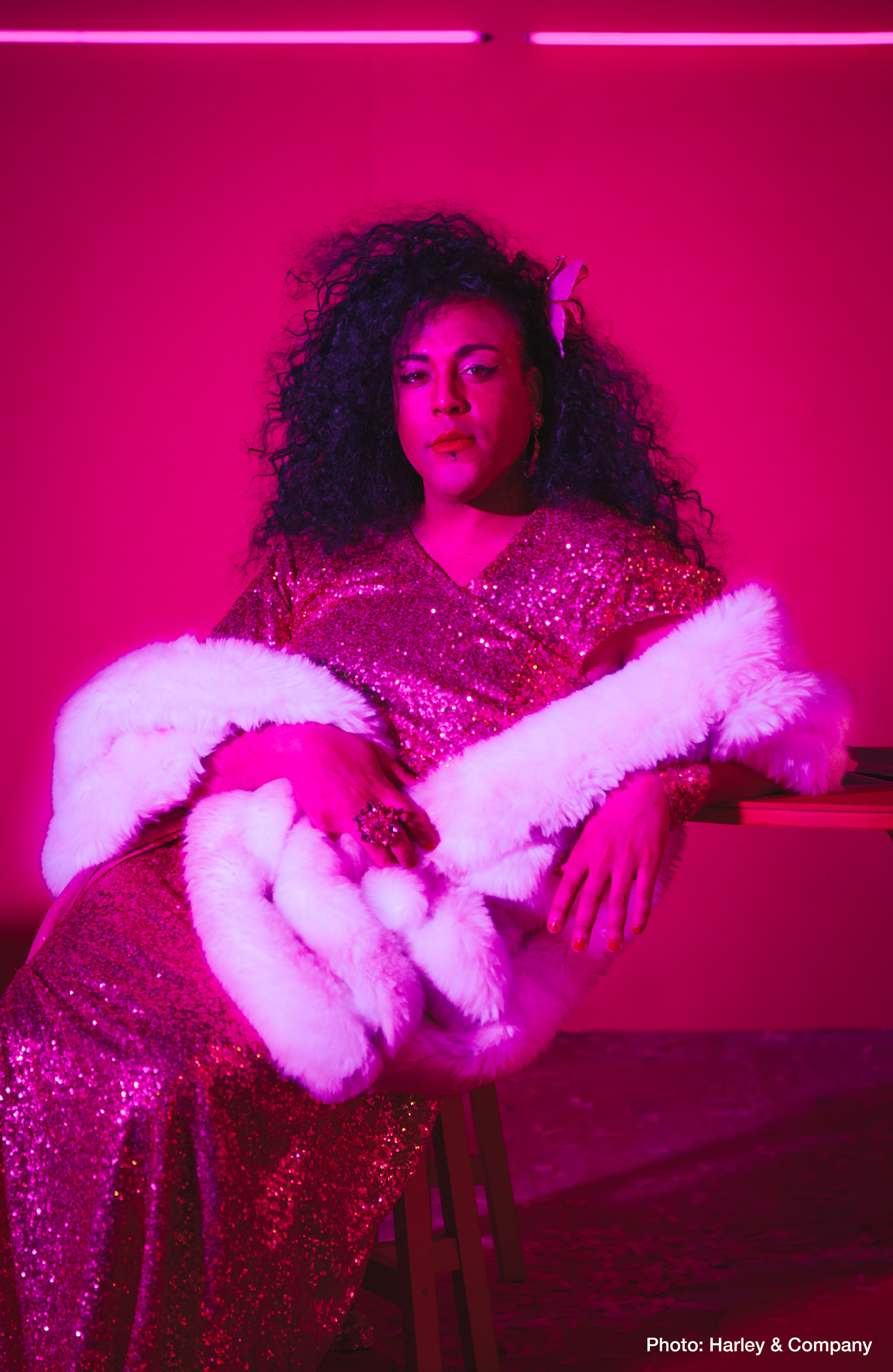

All of this comes across in the action of the play, which will be taking place at Joe’s Pub September 12th through the 16th. Using the set up of the space, the audience becomes the waiting room of a free clinic, a smart use of the immersive—which, without such a frame, can sometimes come across as trying too hard. In this production, however, it pulls the audience almost uncomfortably close to the action, witnessing intimate moments (\does it get any more intimate than it does at the doctor’s office?) on display for us not so much to watch as to bear witness to. The comedic moments land particularly hard in a play of this nature, since we so desperately want to laugh after such heart-wrenching tension and scenes of squirmy family conversations (the older female actresses that play the mothers of the leading gay men are particularly powerful—it didn’t seem like they were acting so much as living their lives in front of an audience).
The close-knit group of men that gather in semi-secret at an older, flamboyant gay man’s house is a construct that any small-town queen would be familiar with. In my own hometown, there are two older couples whose elegantly decorated homes are the go-to gathering places for the younger gays to this very day. The older man in As Much As I Can has that seen I’ve-seen-it-all kind of wisdom that anyone in crisis could find comfort in.
During a scene where a character who is recently infected with HIV confronts, for better or for worse, the one who infected him, the playwright leaned over and whispered to me that many of the men she had interviewed during the process of writing and producing the play—which has had runs in Baltimore, Jackson, and Raleigh, cities hit hardest with HIV right now, in 2019, as well as Harlem—were often unable to confront the person who infected them, and therefore this scene was her giving that to them. You could cut the air in the room with a knife.


